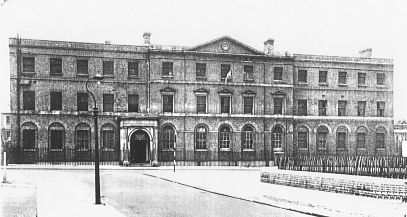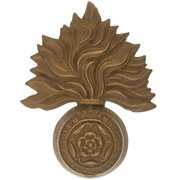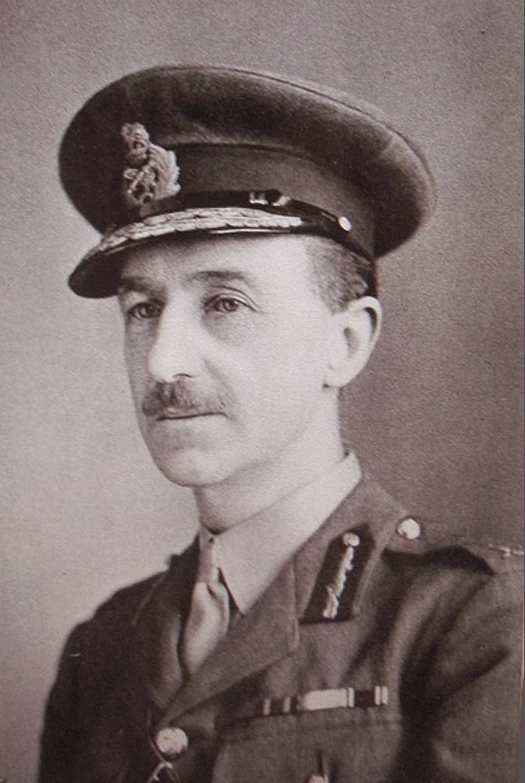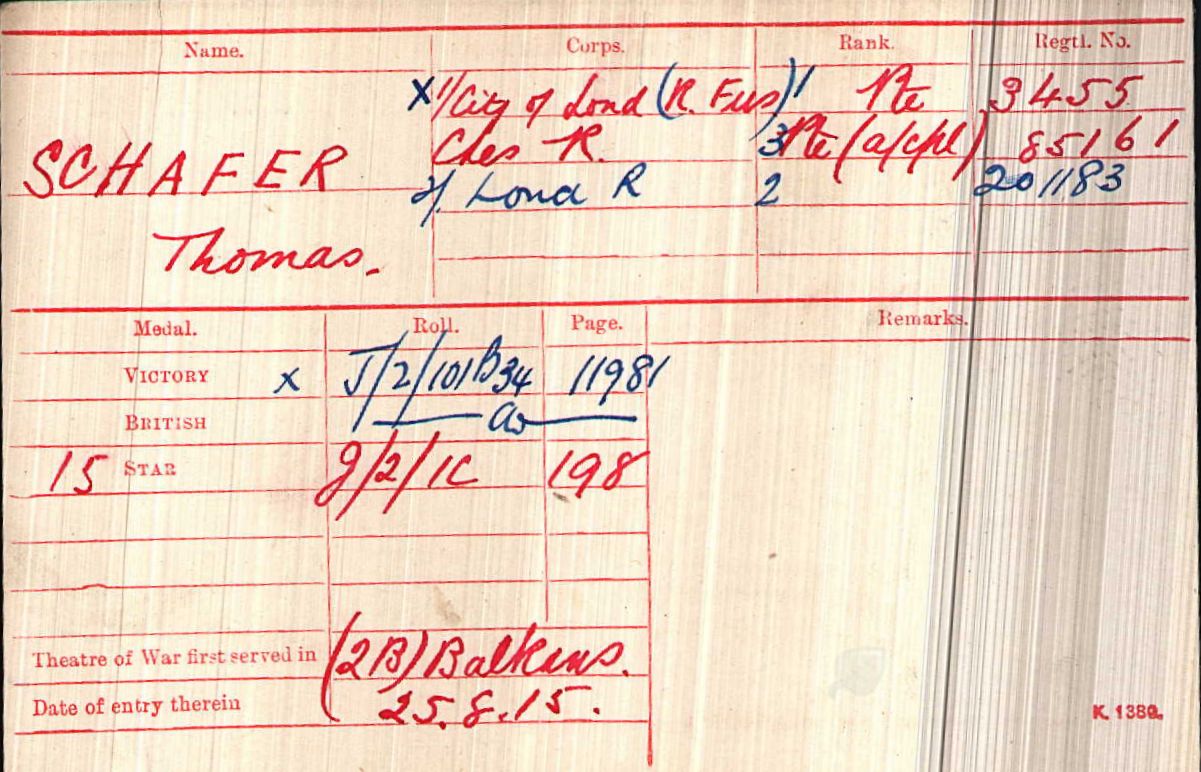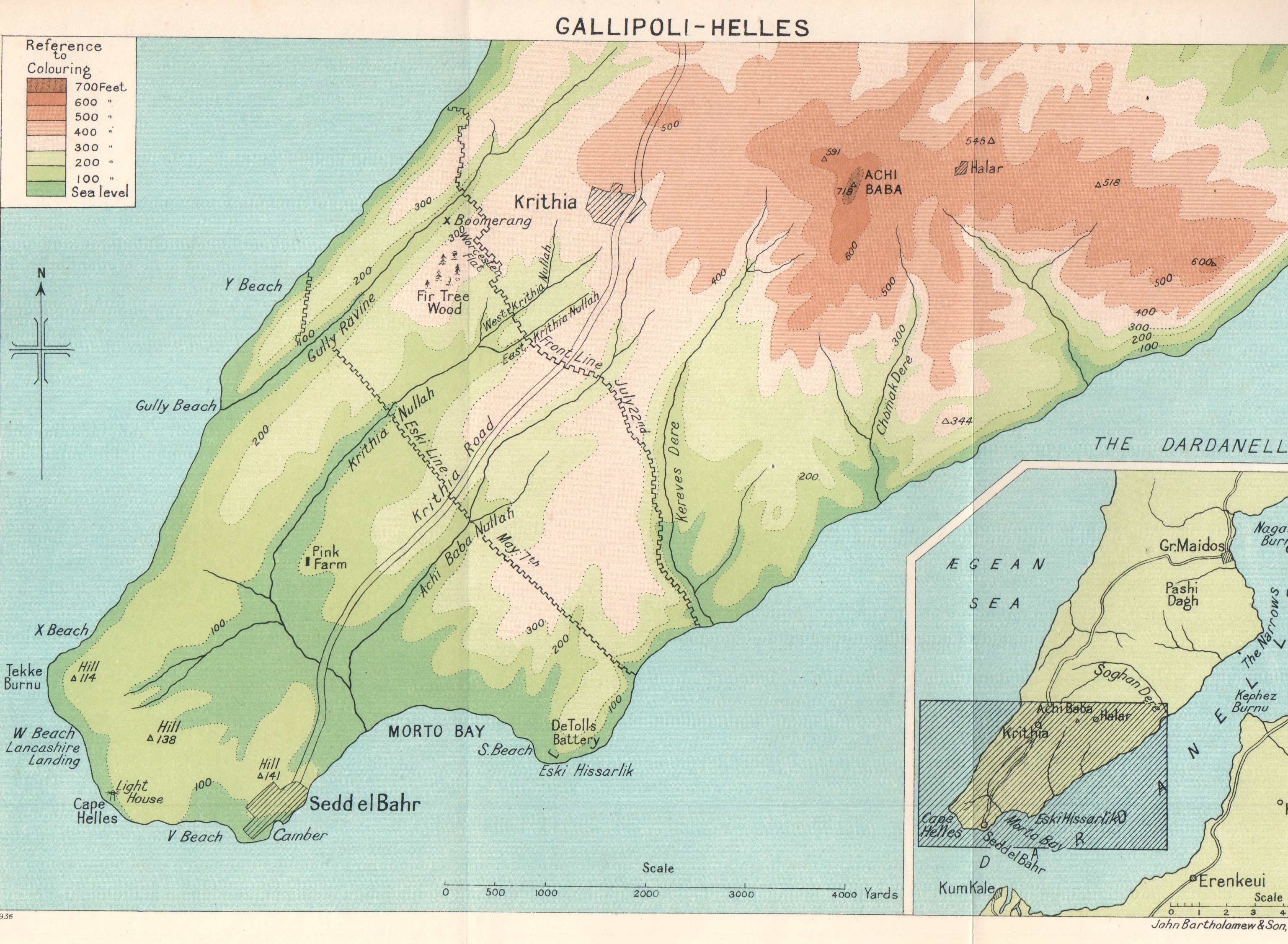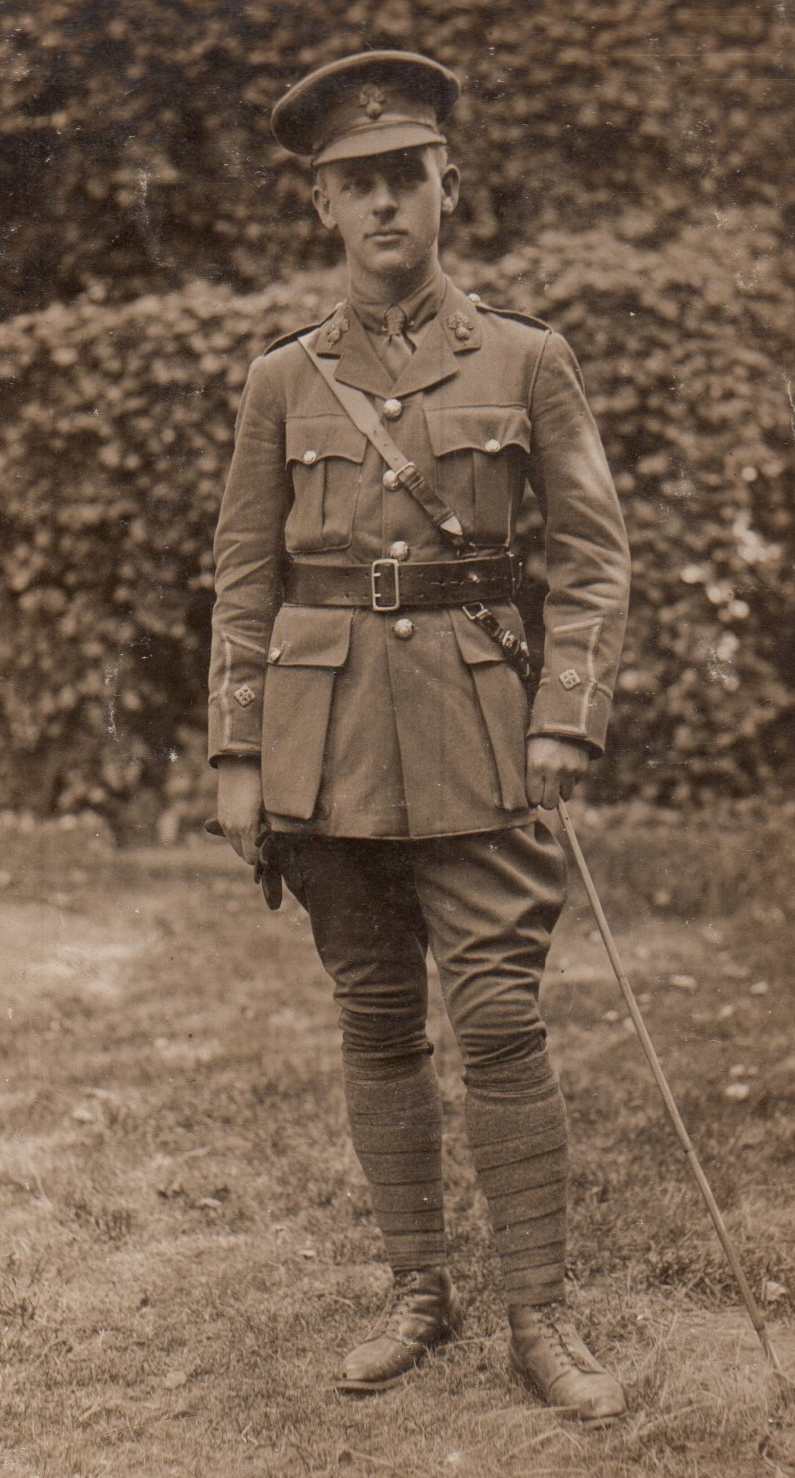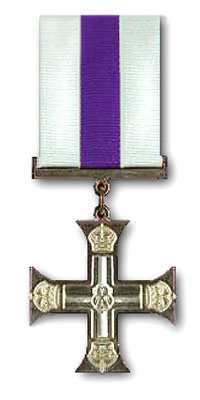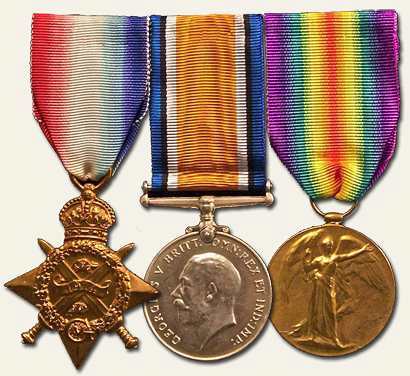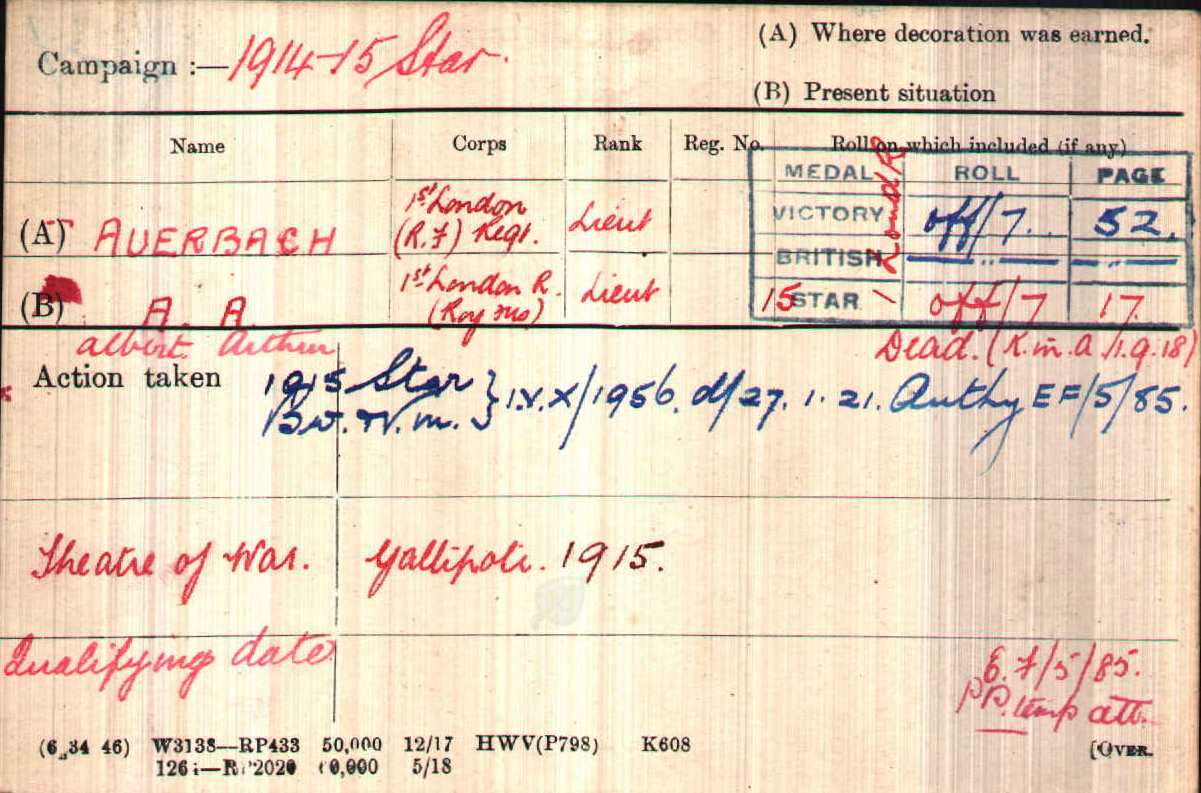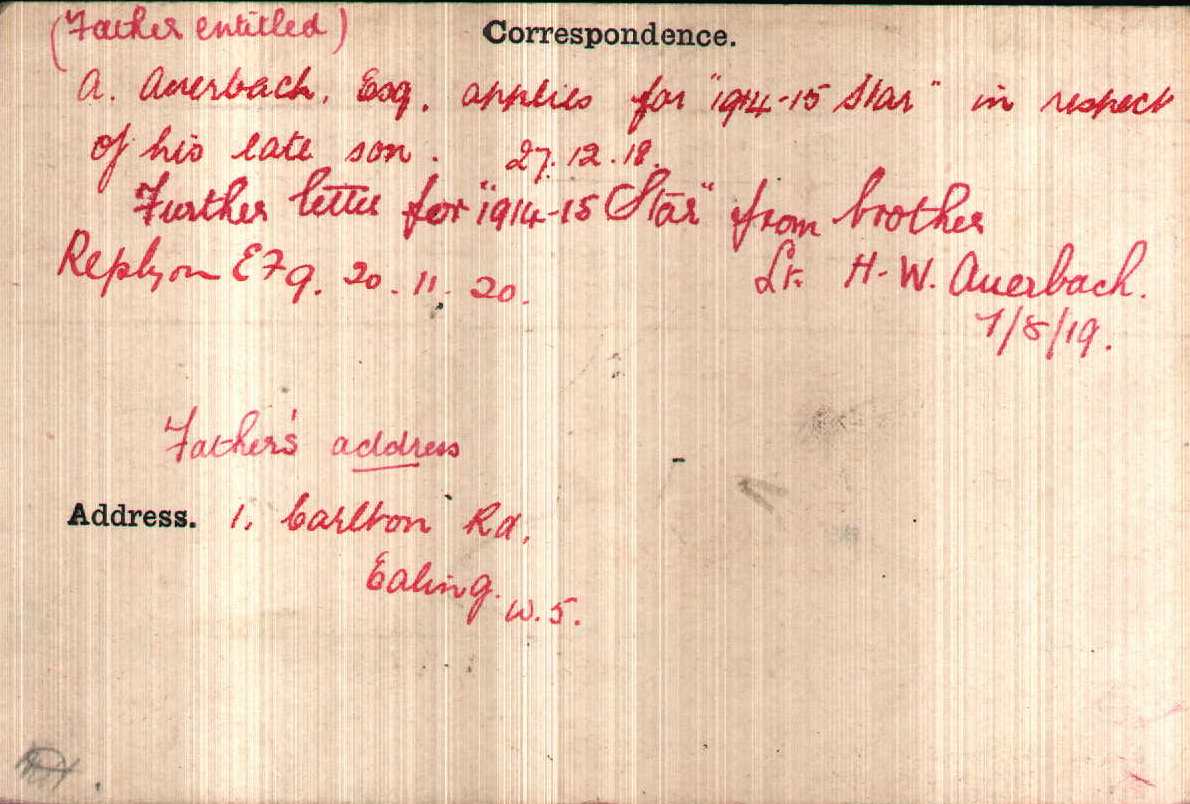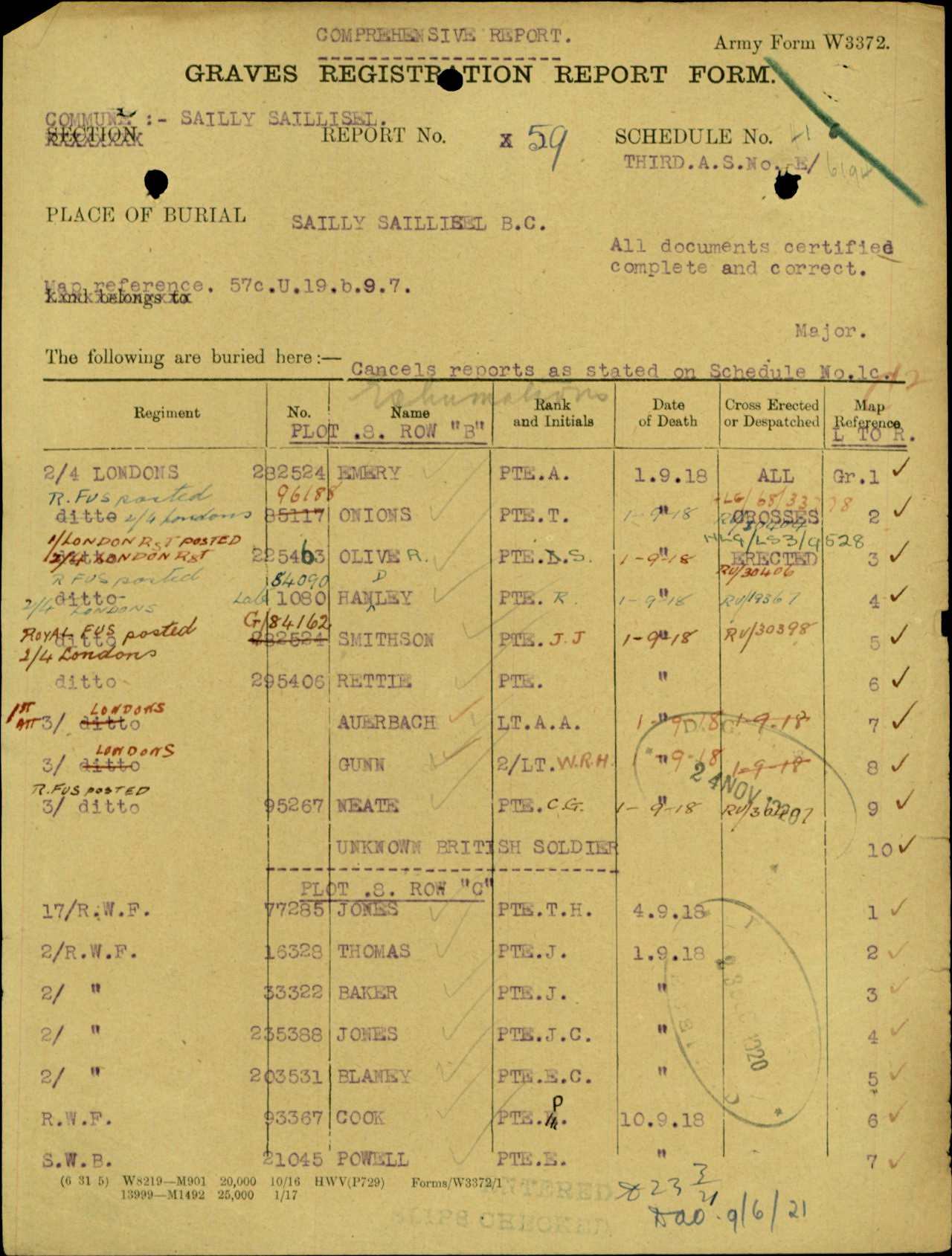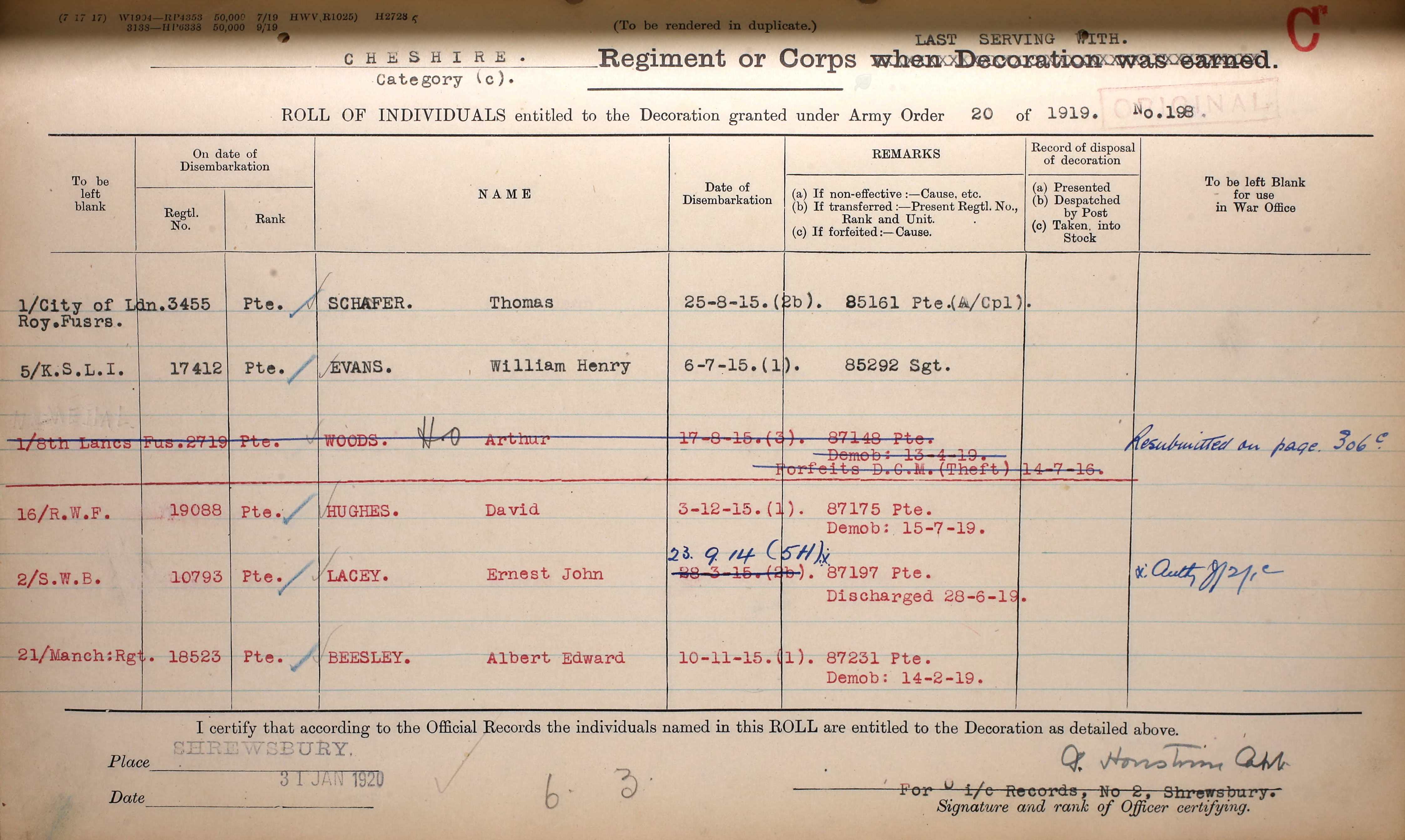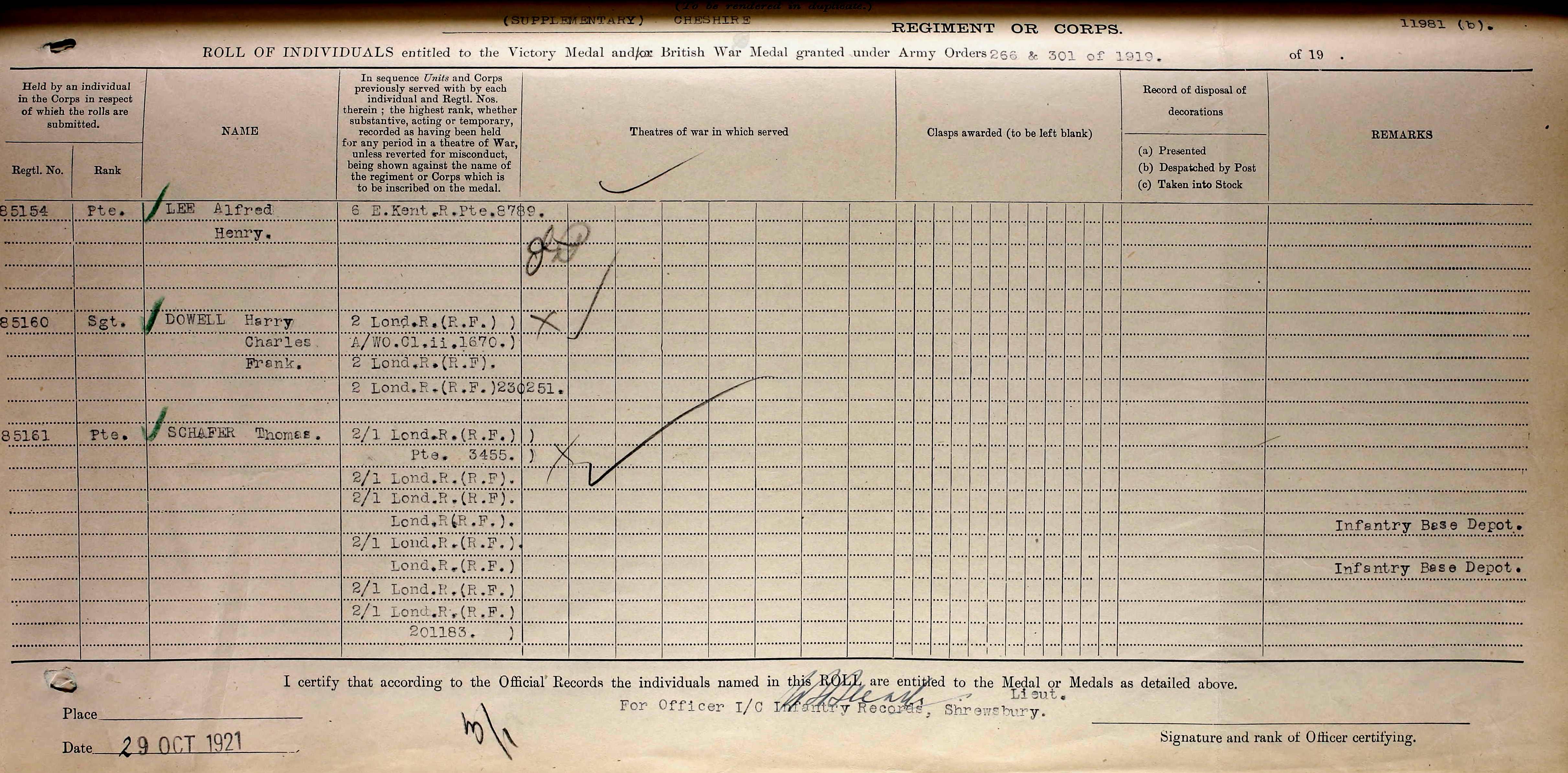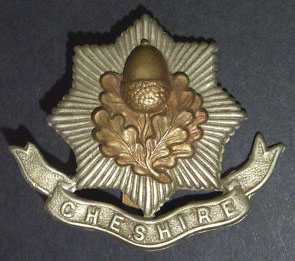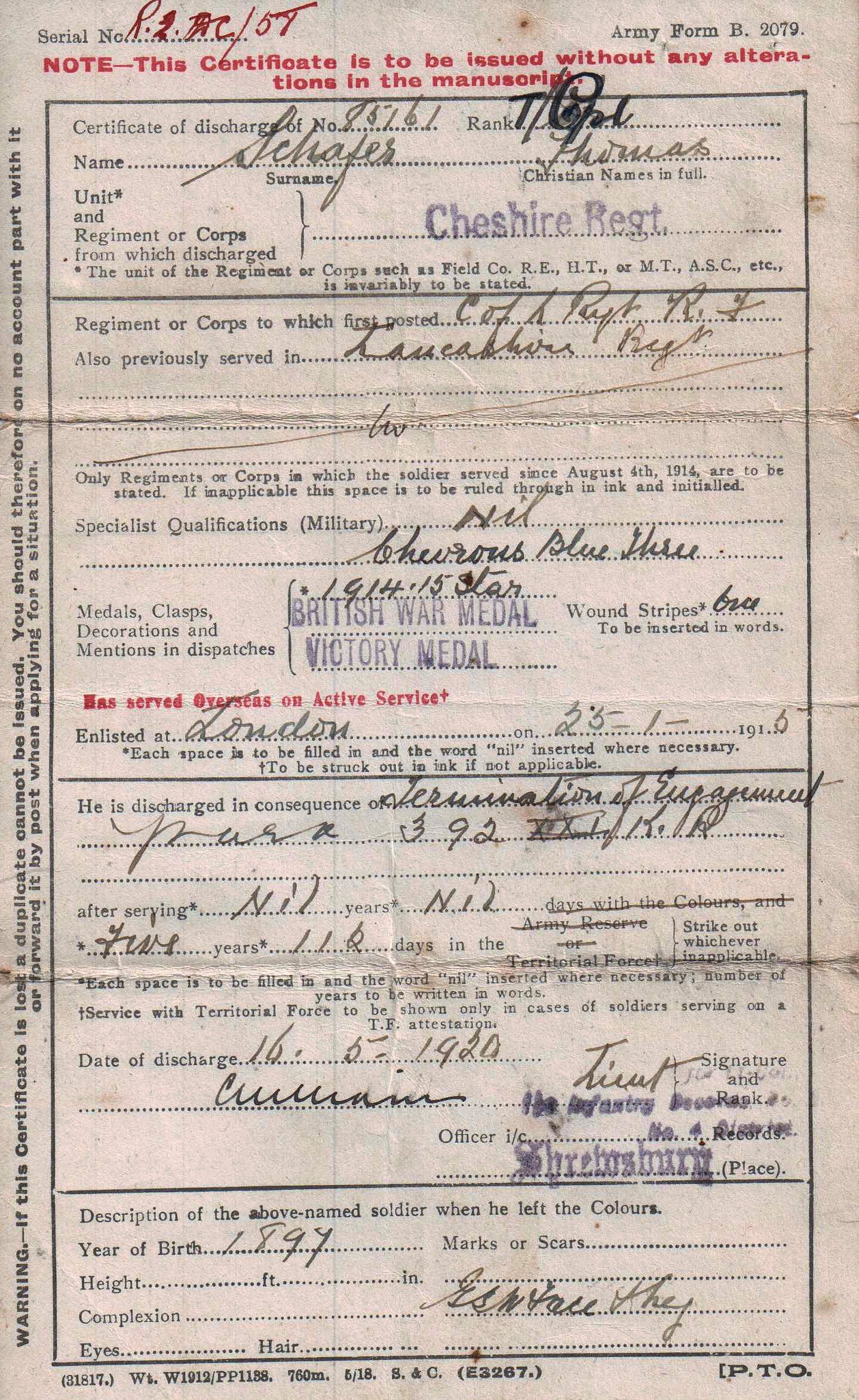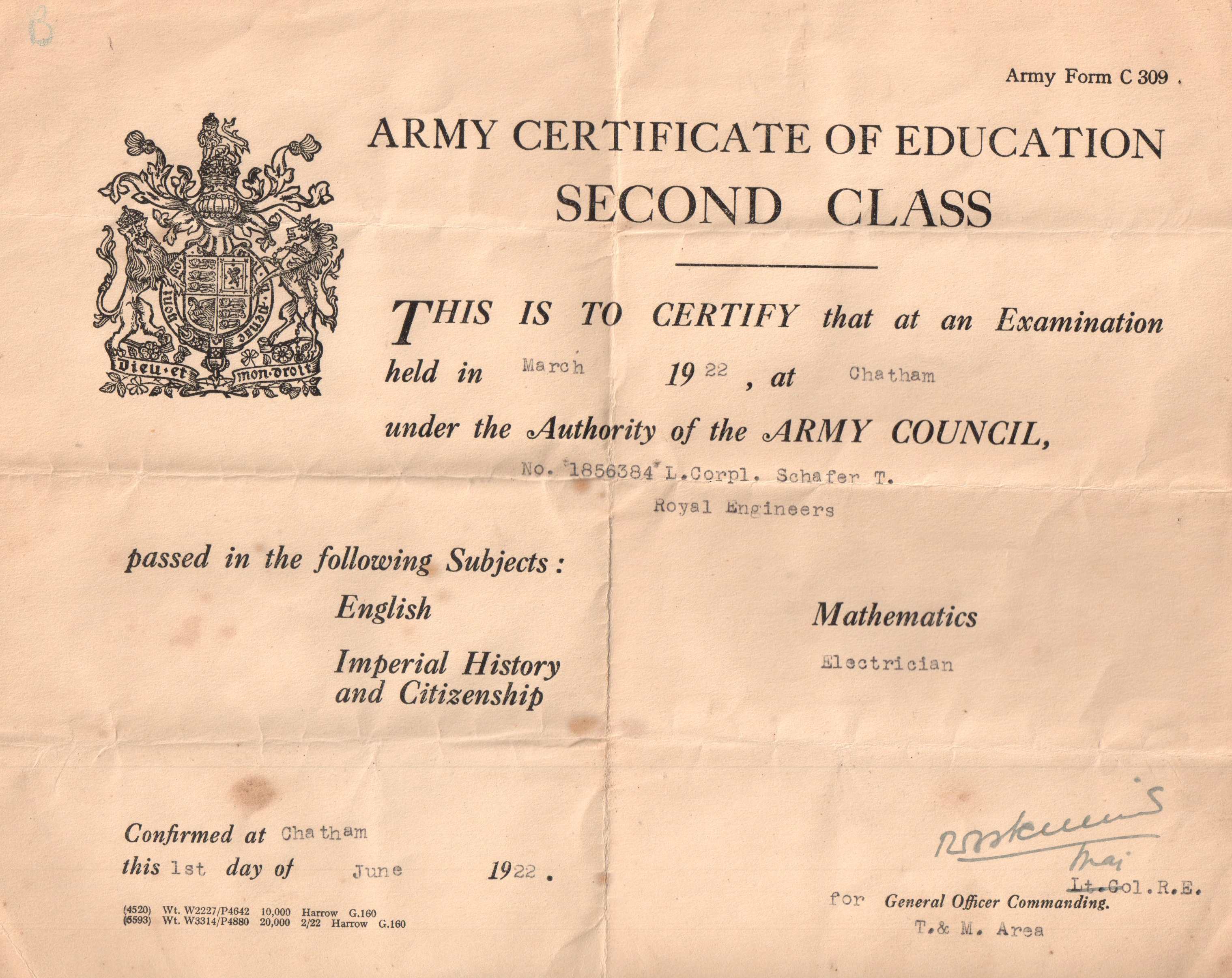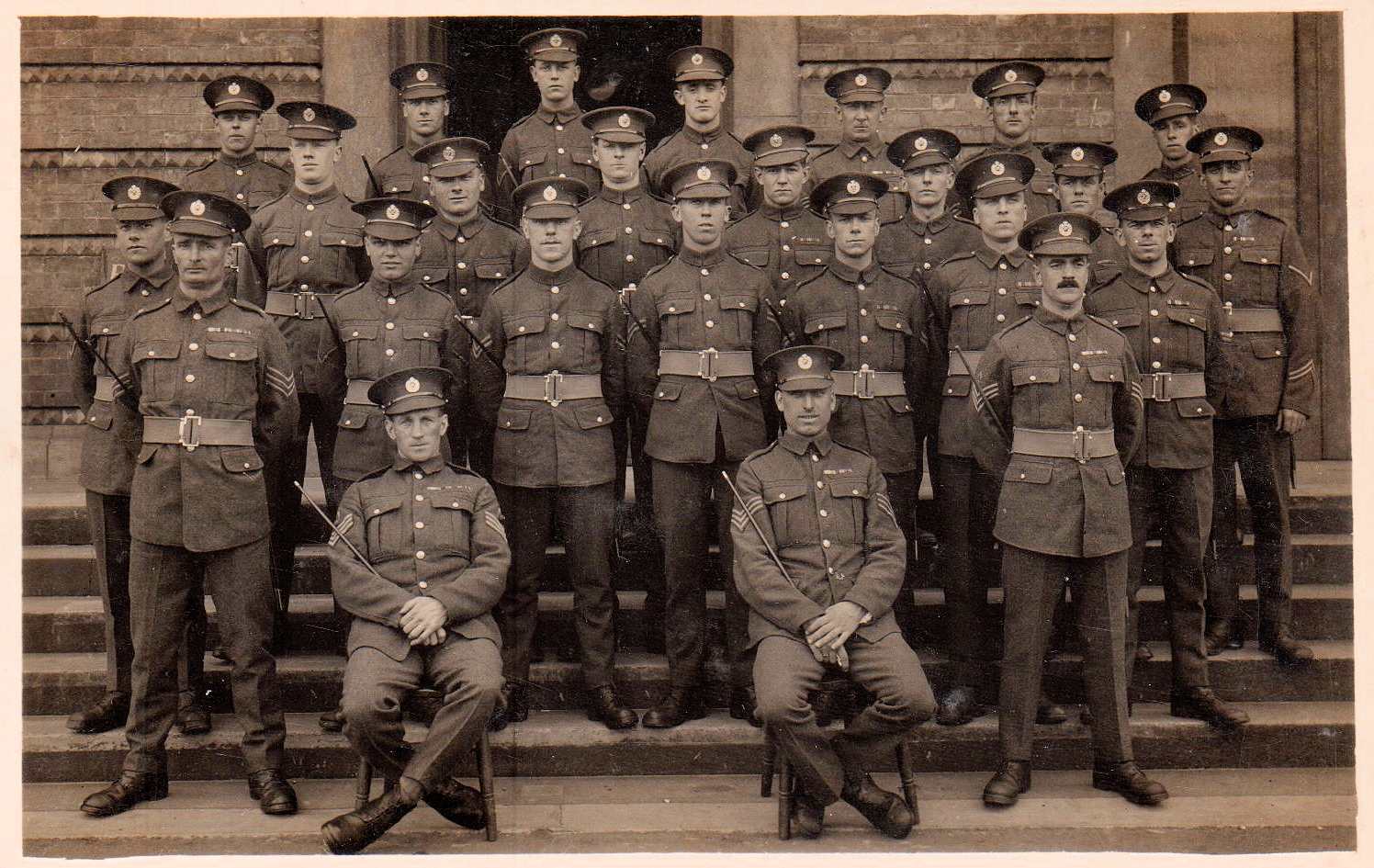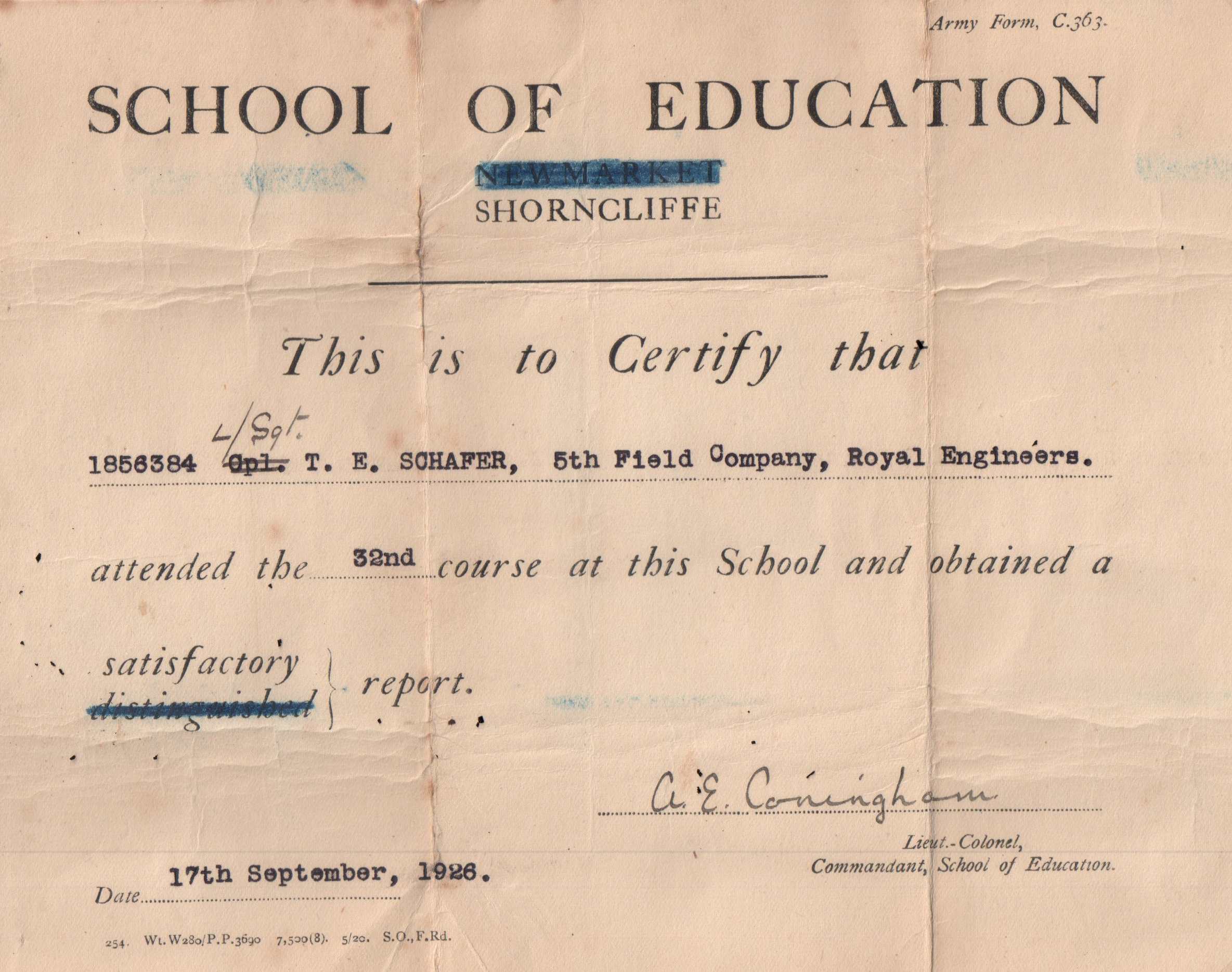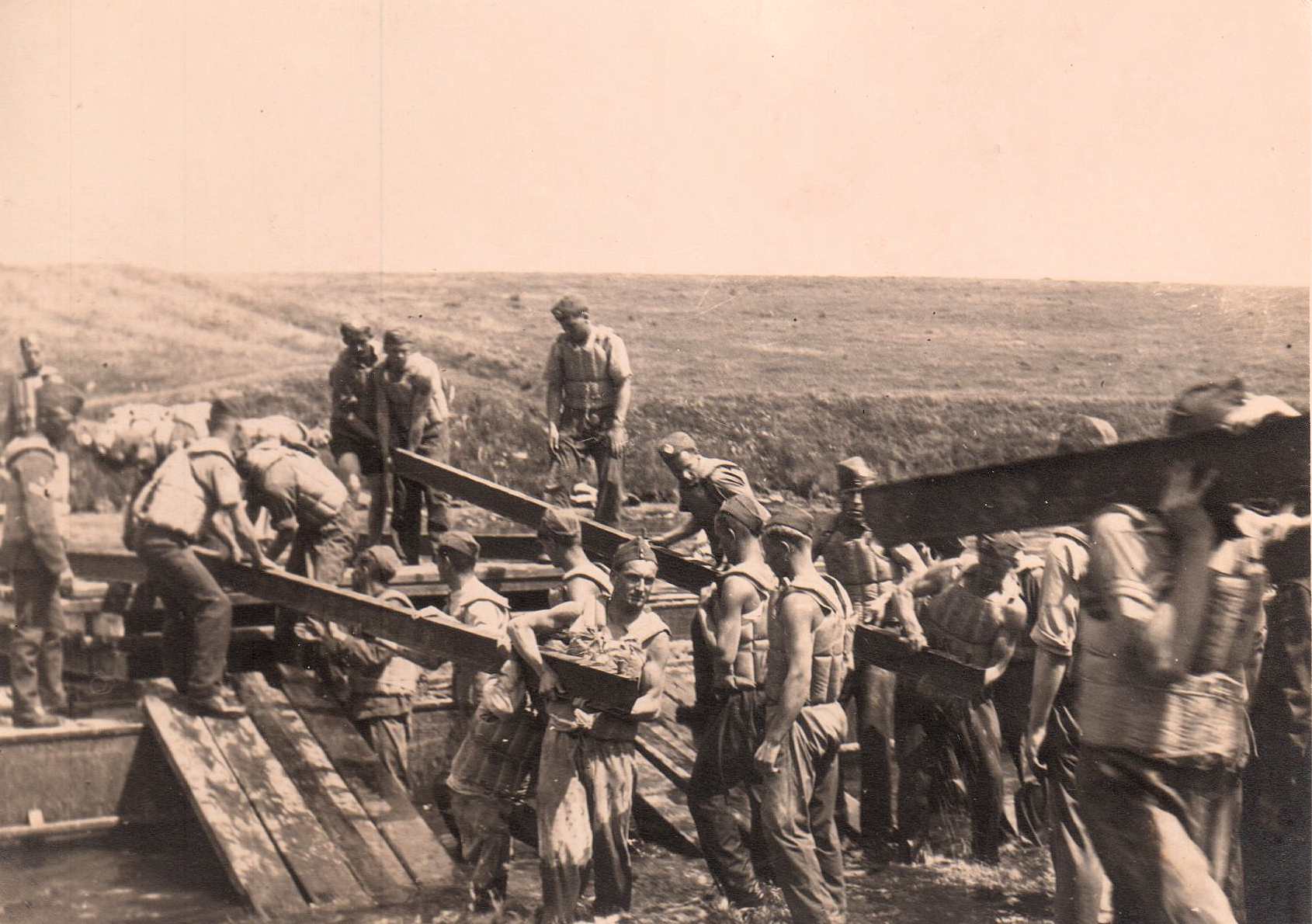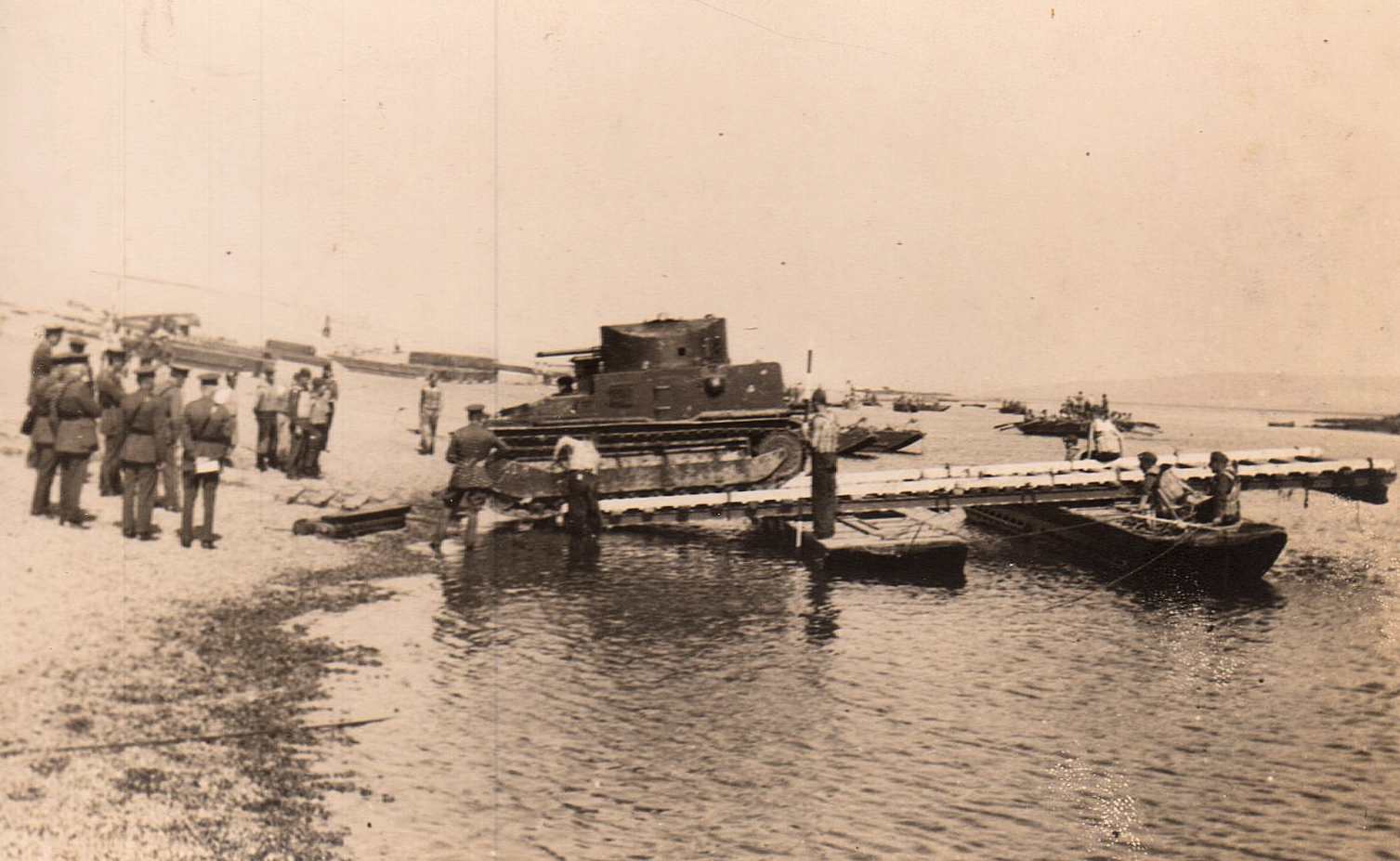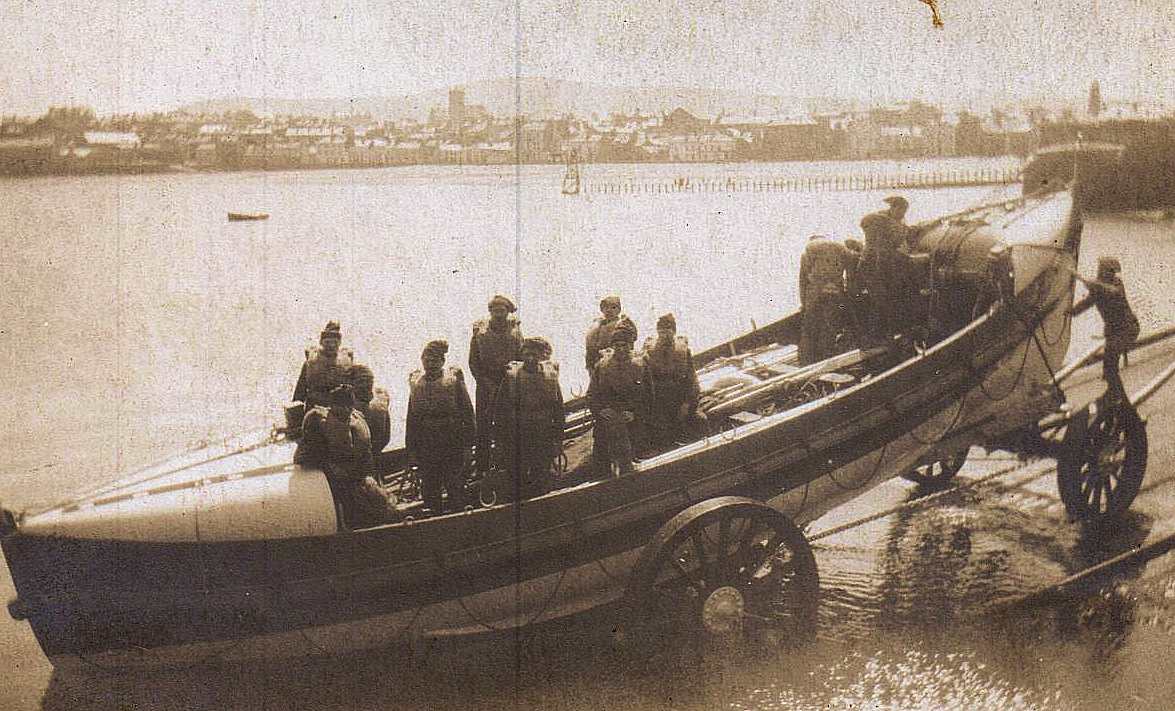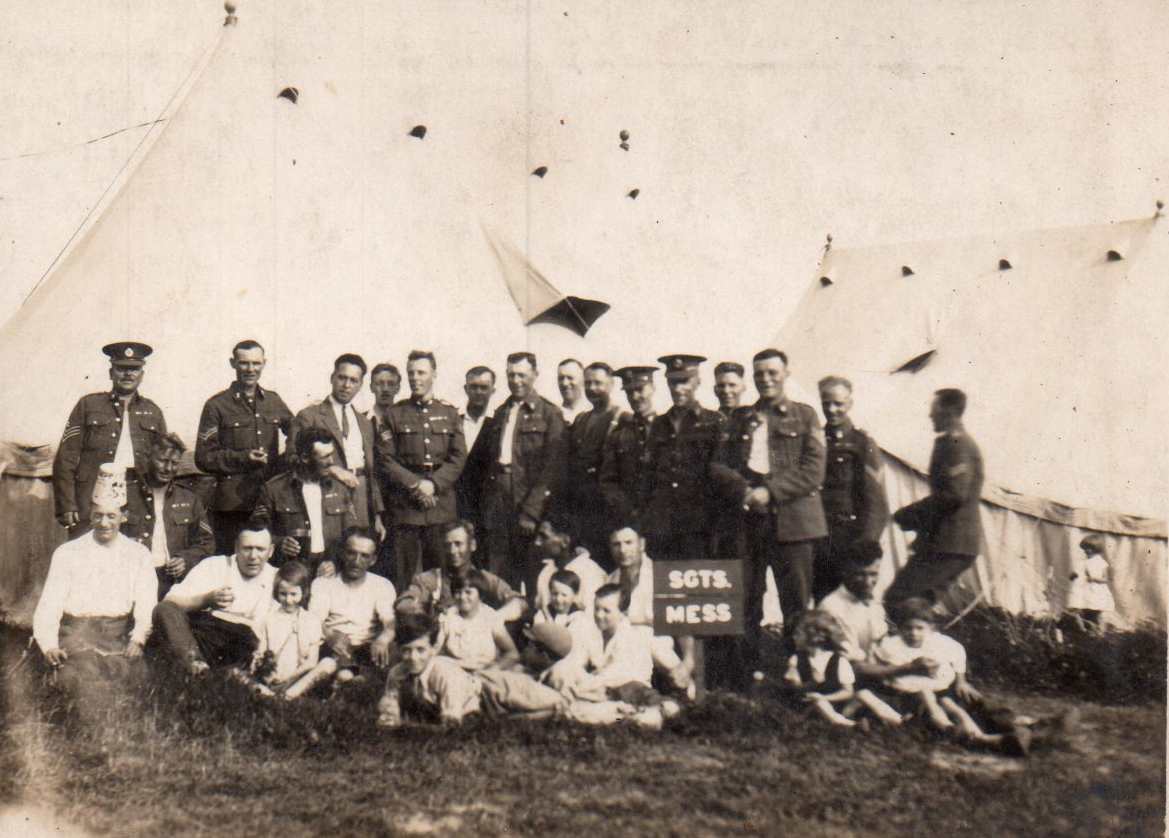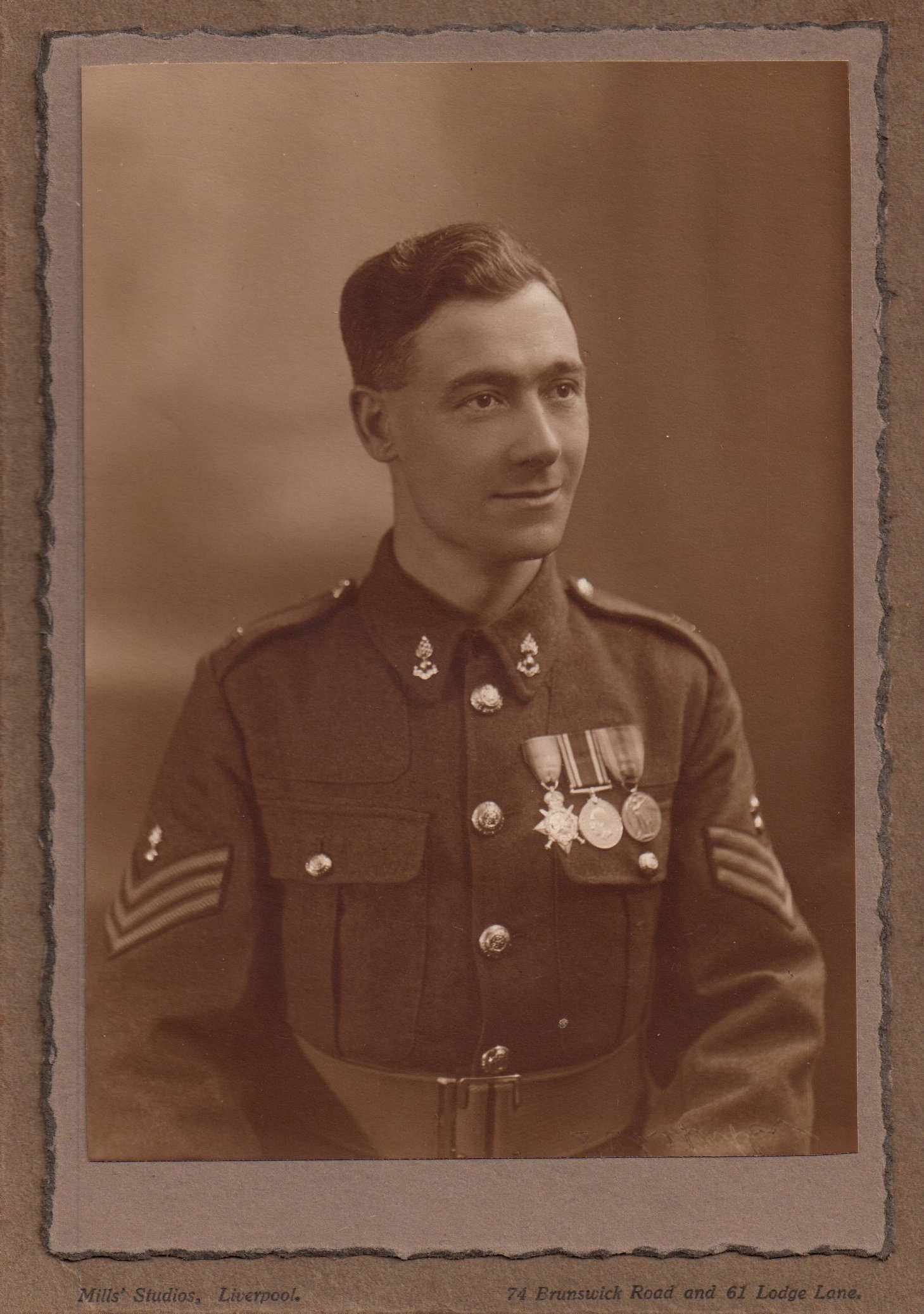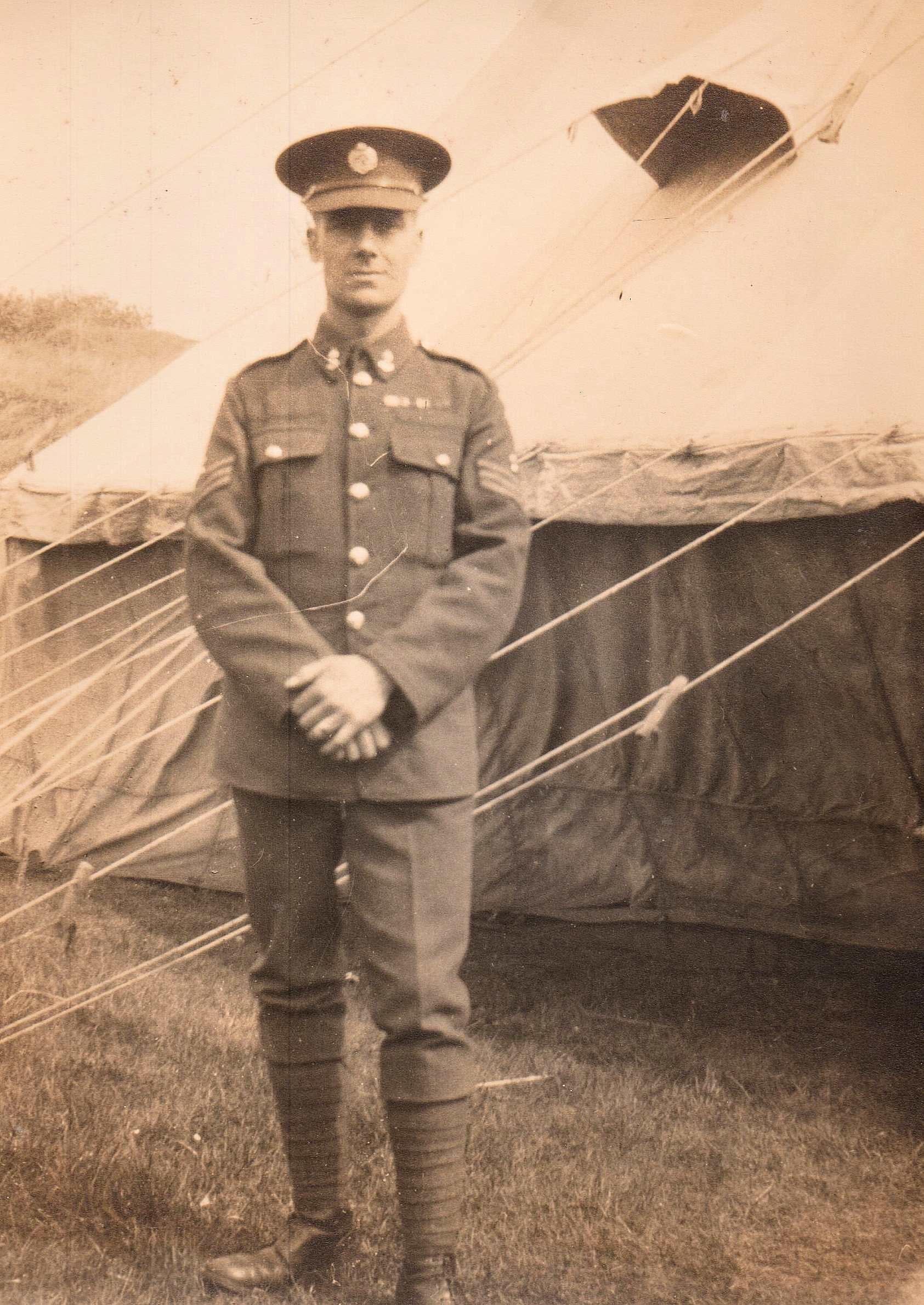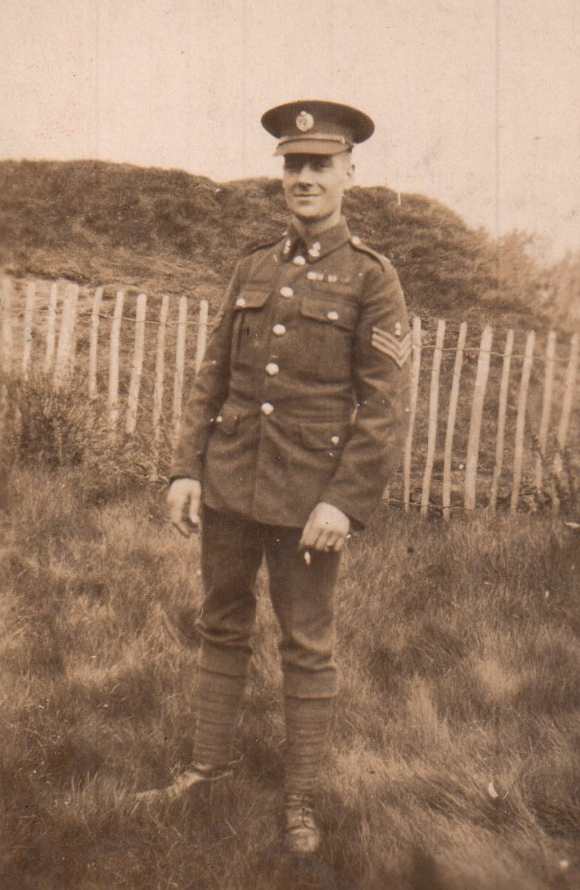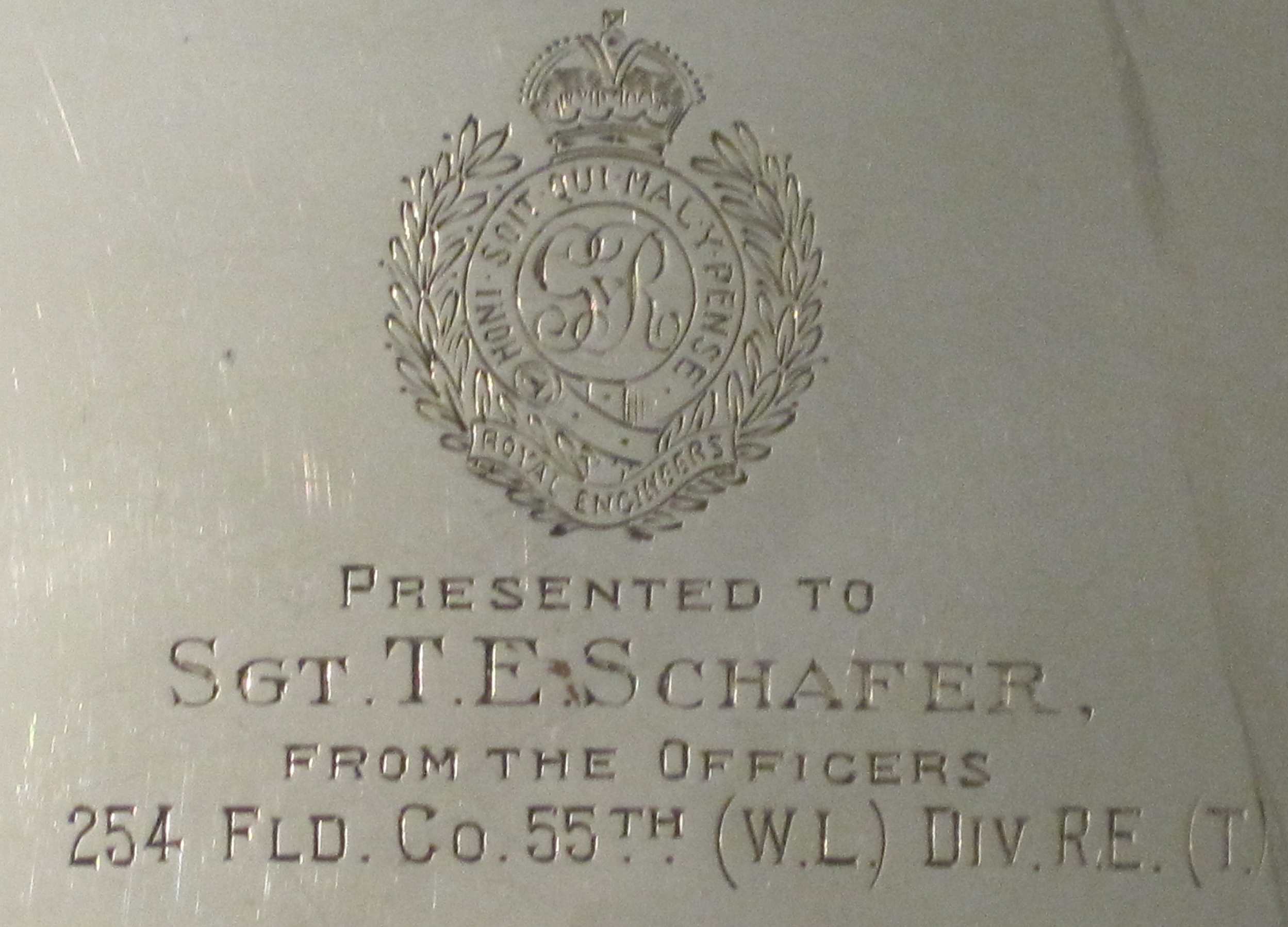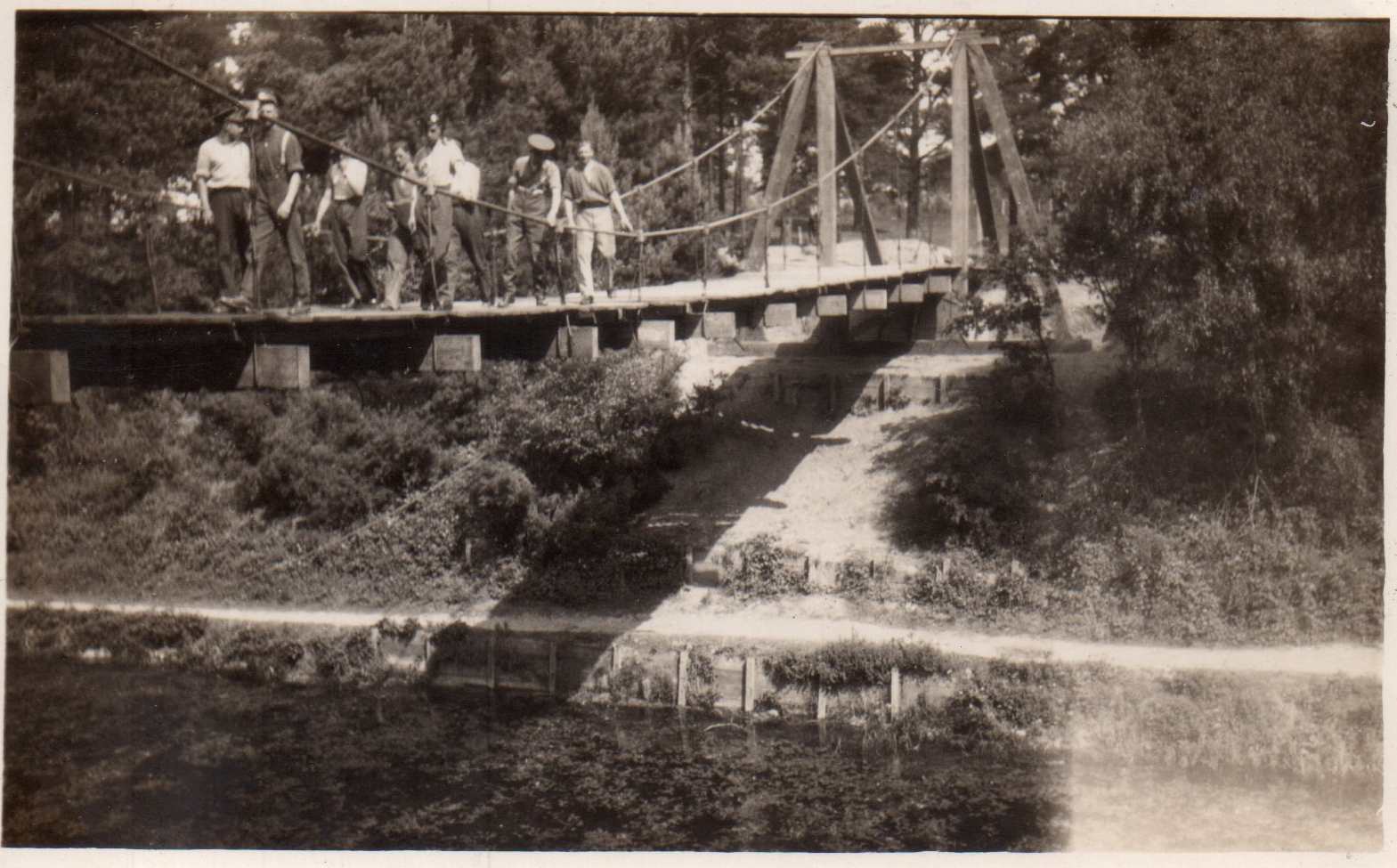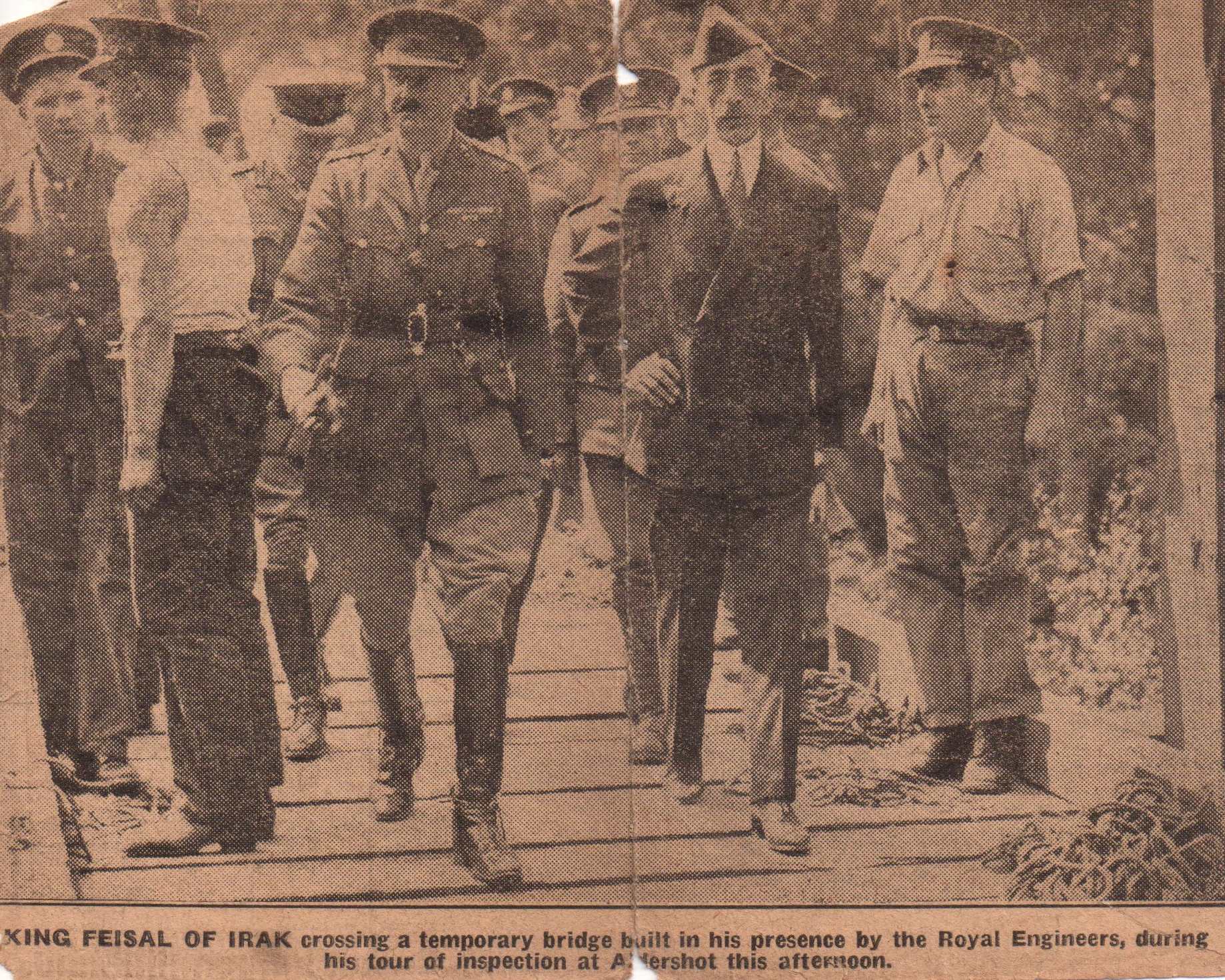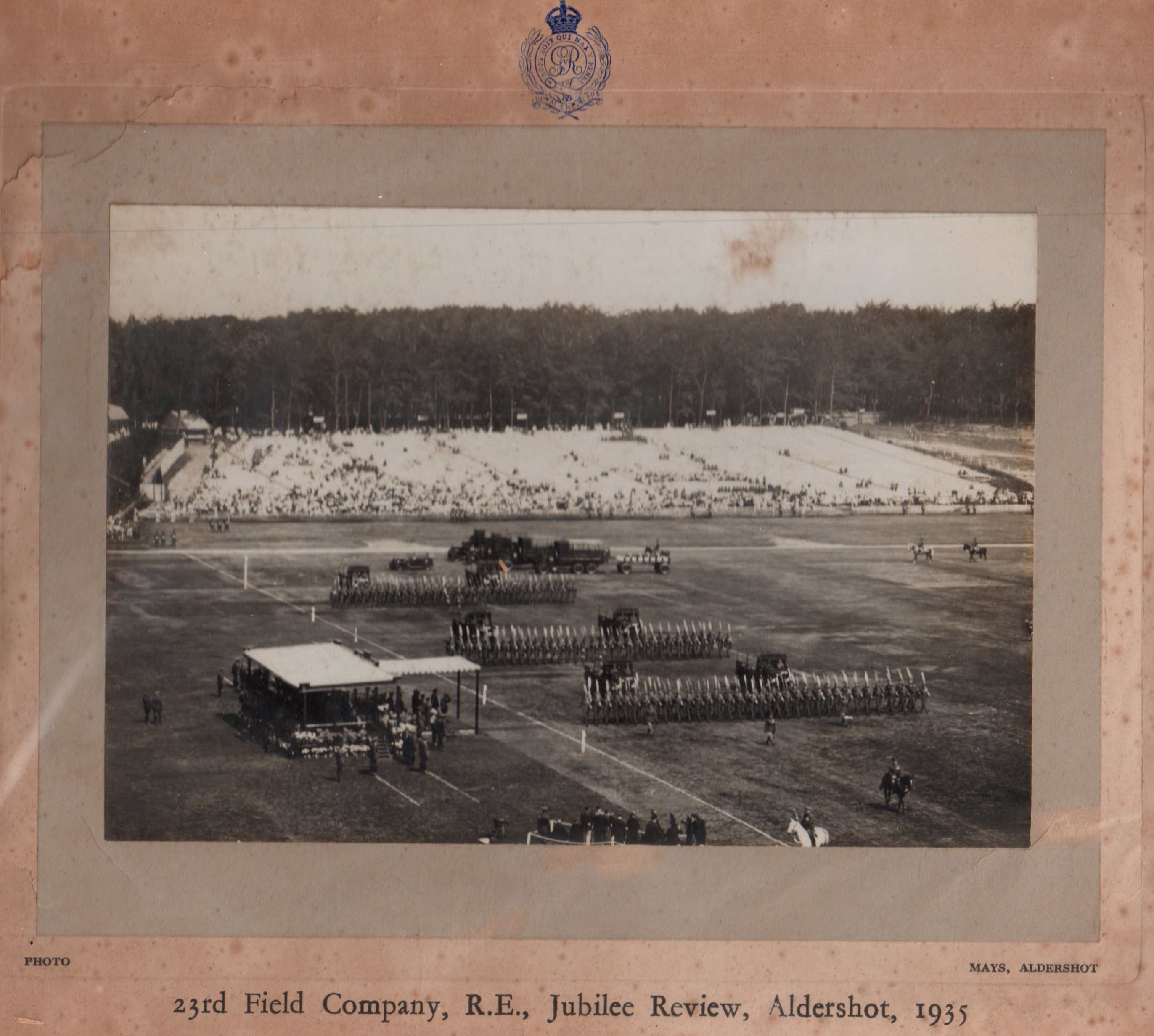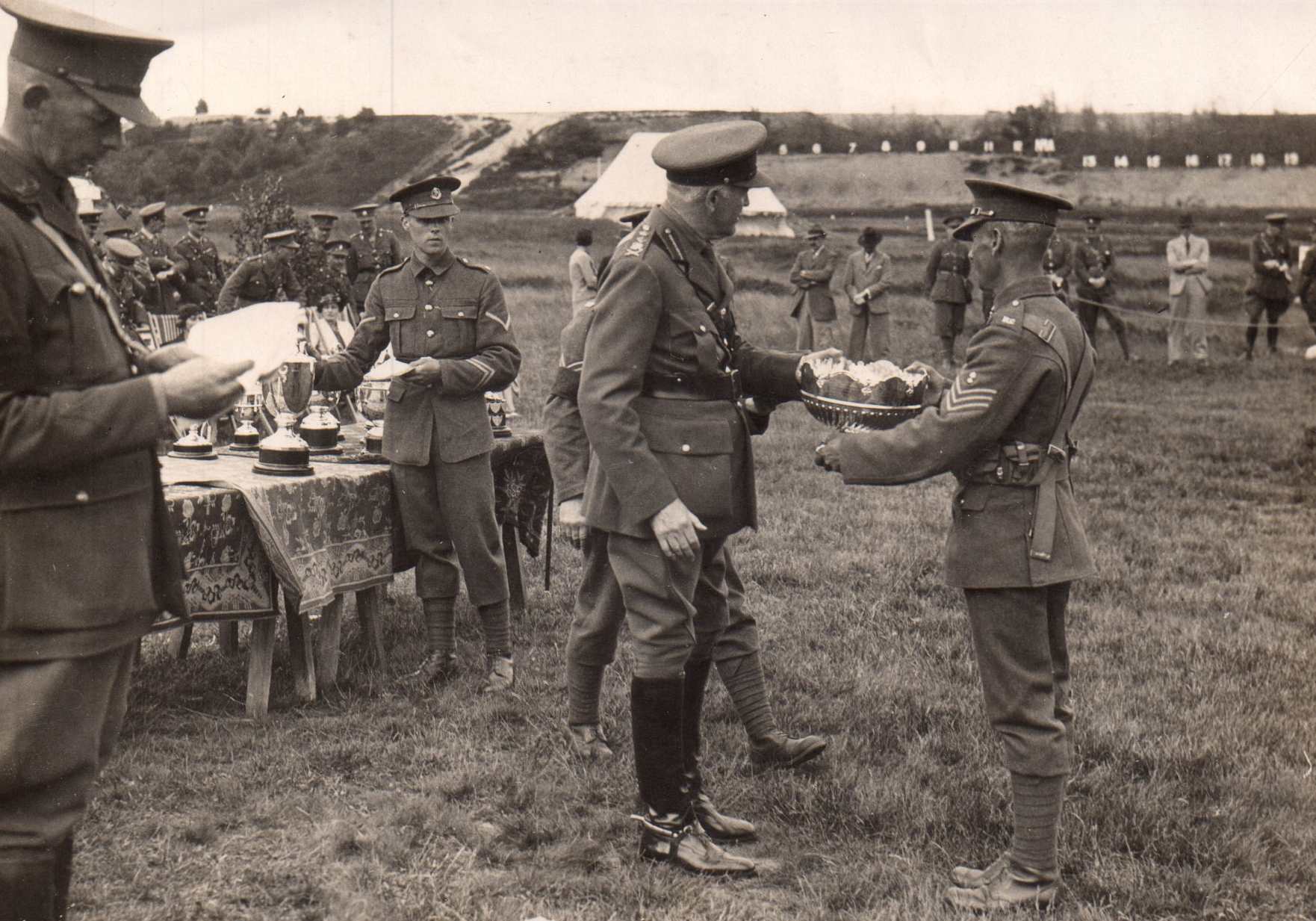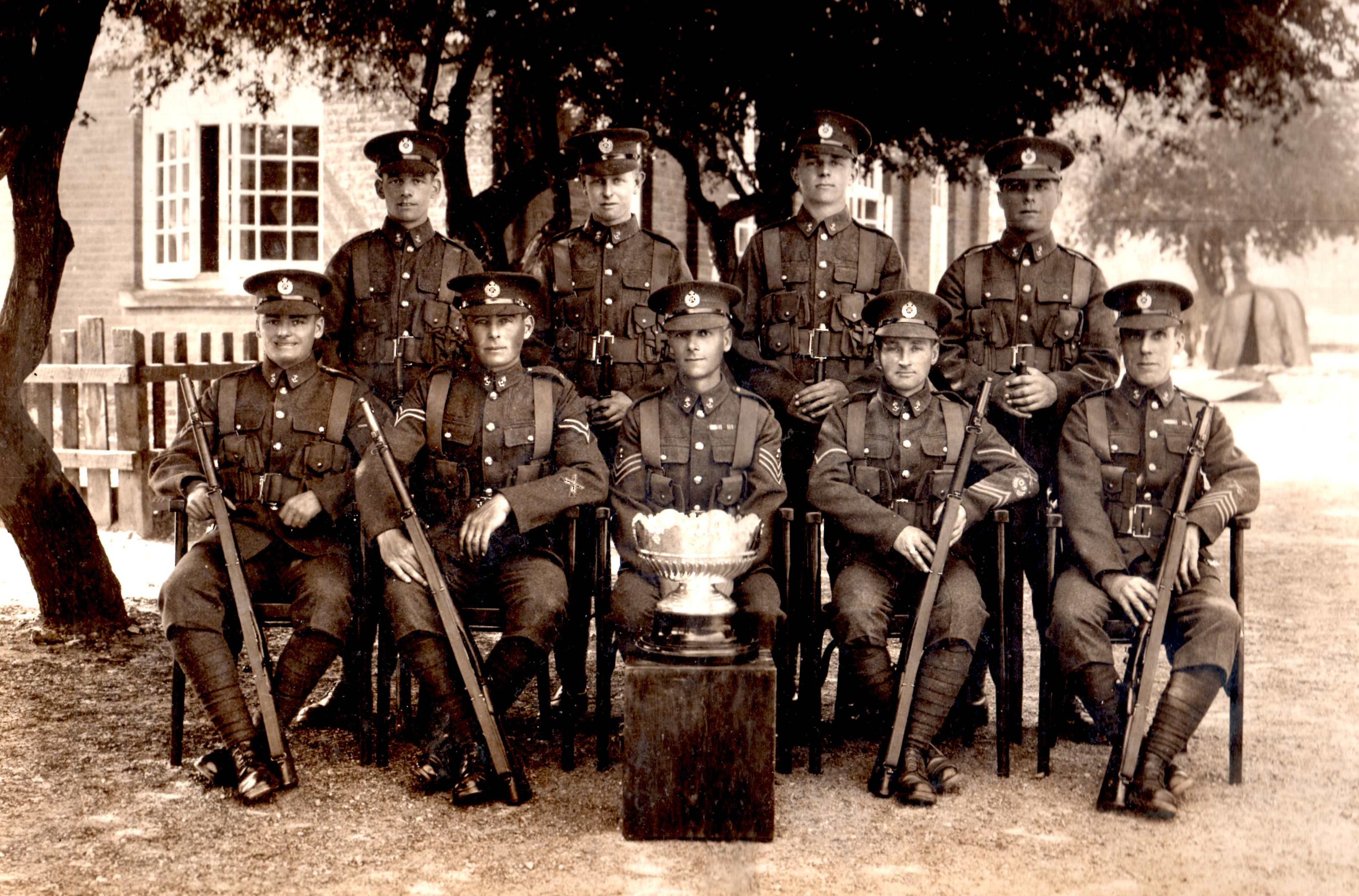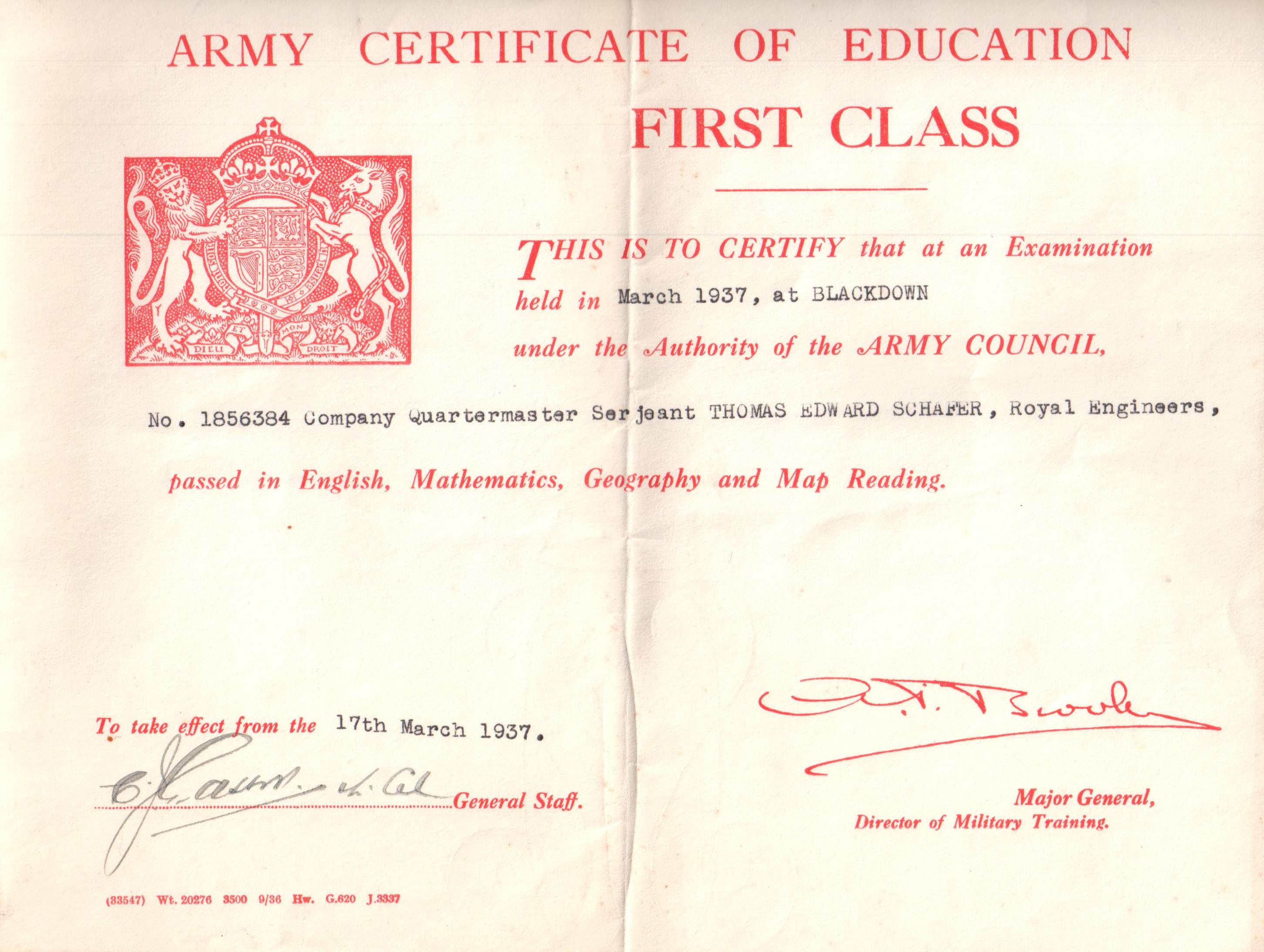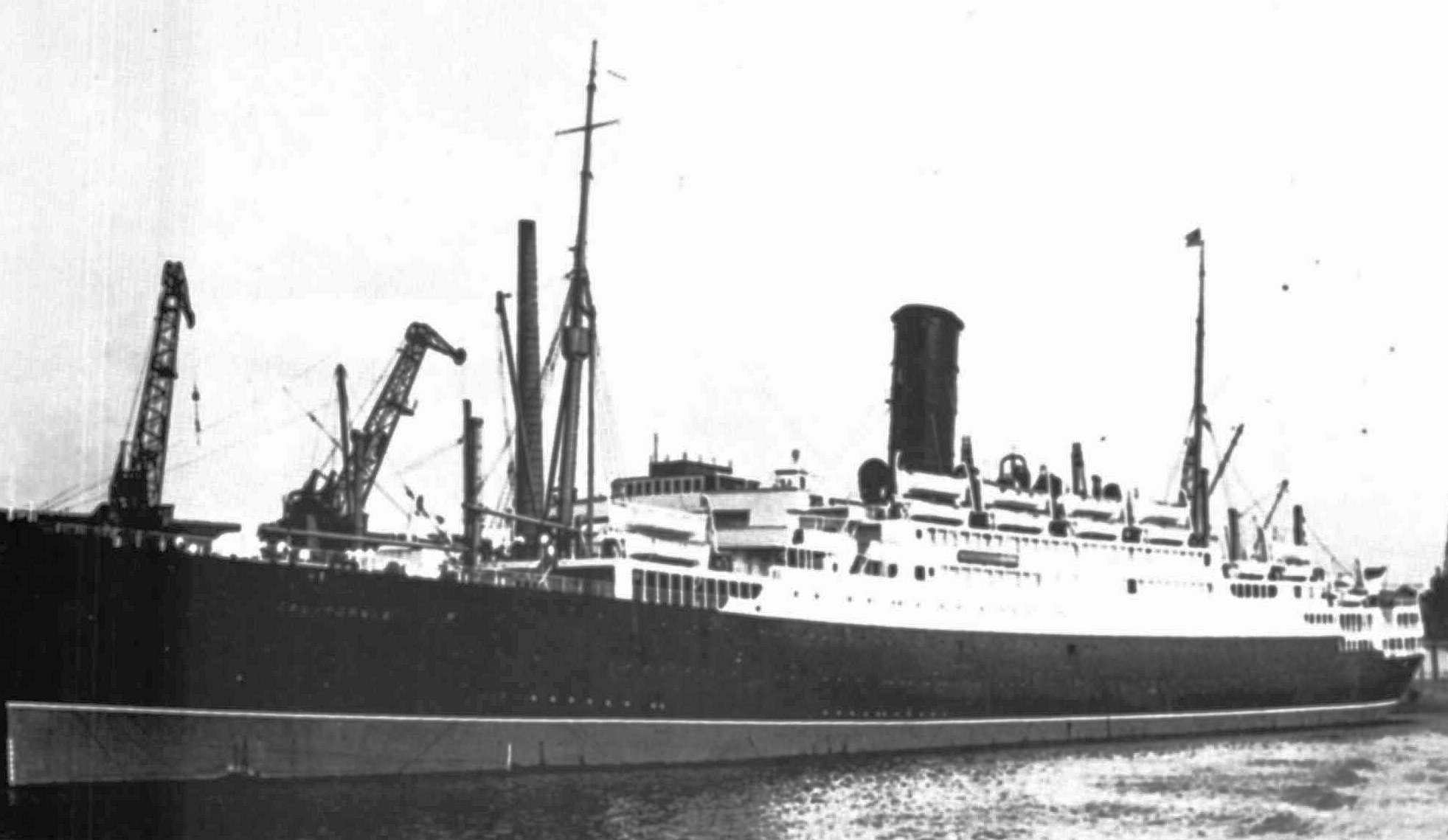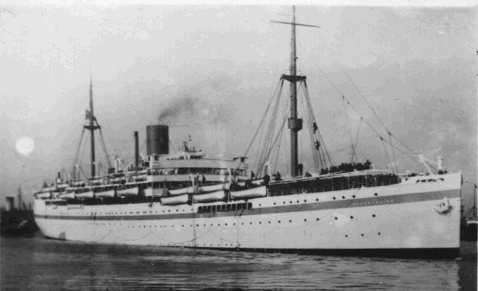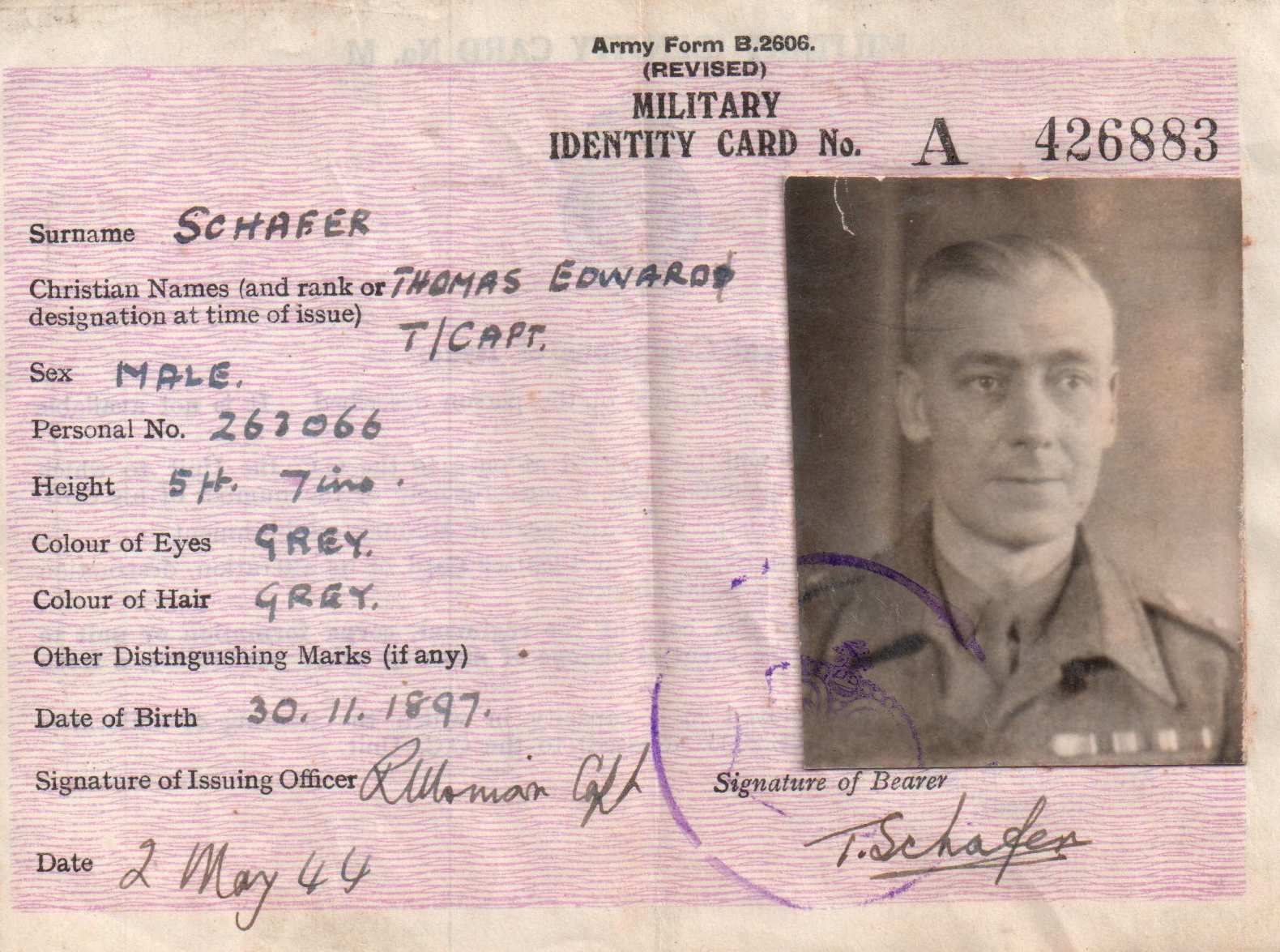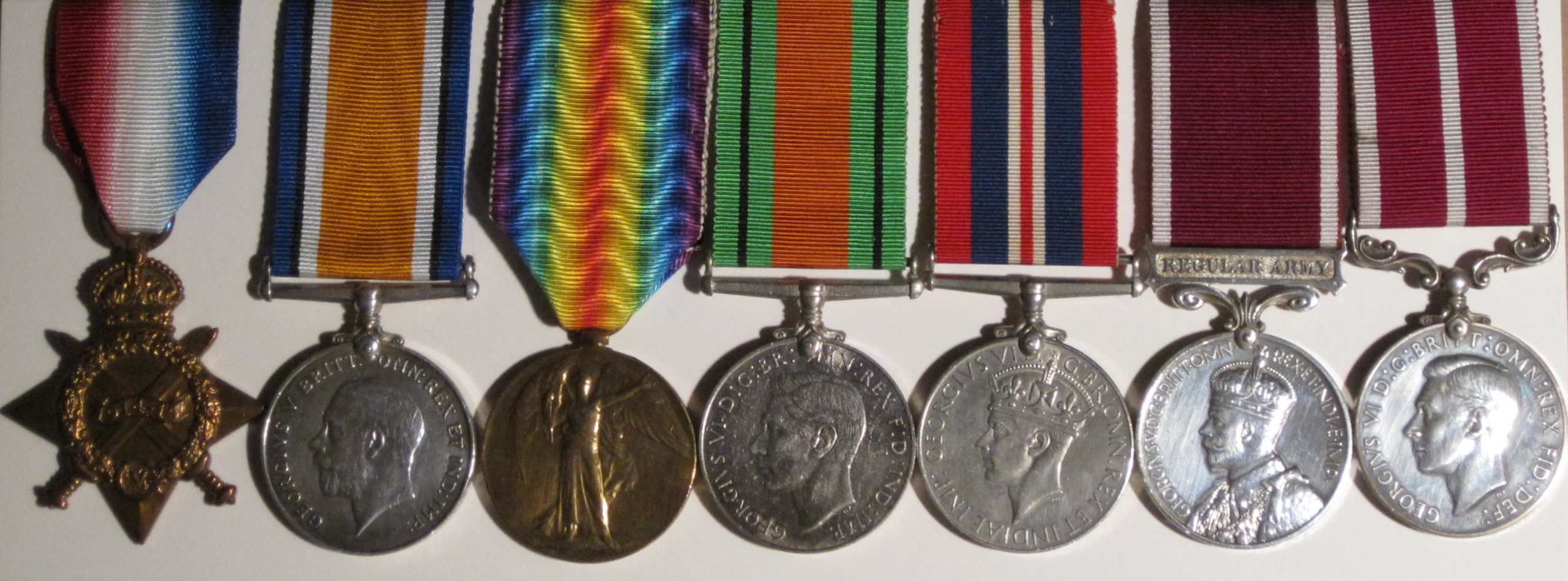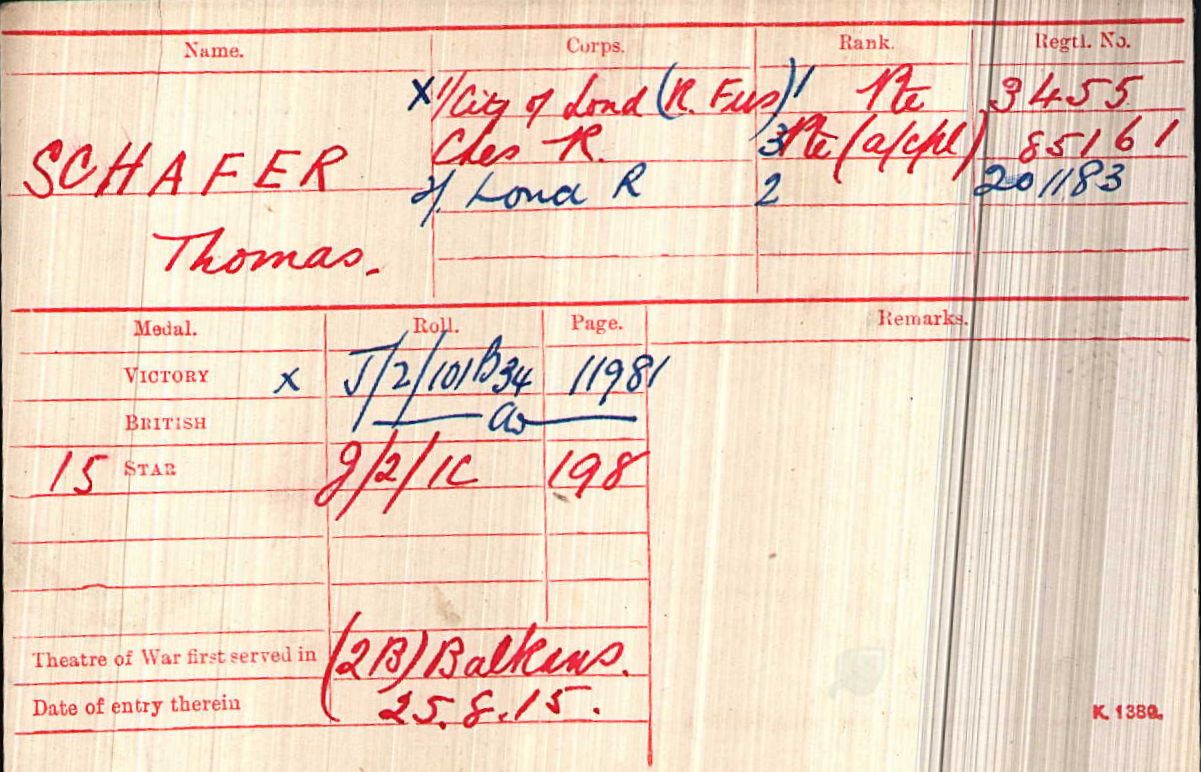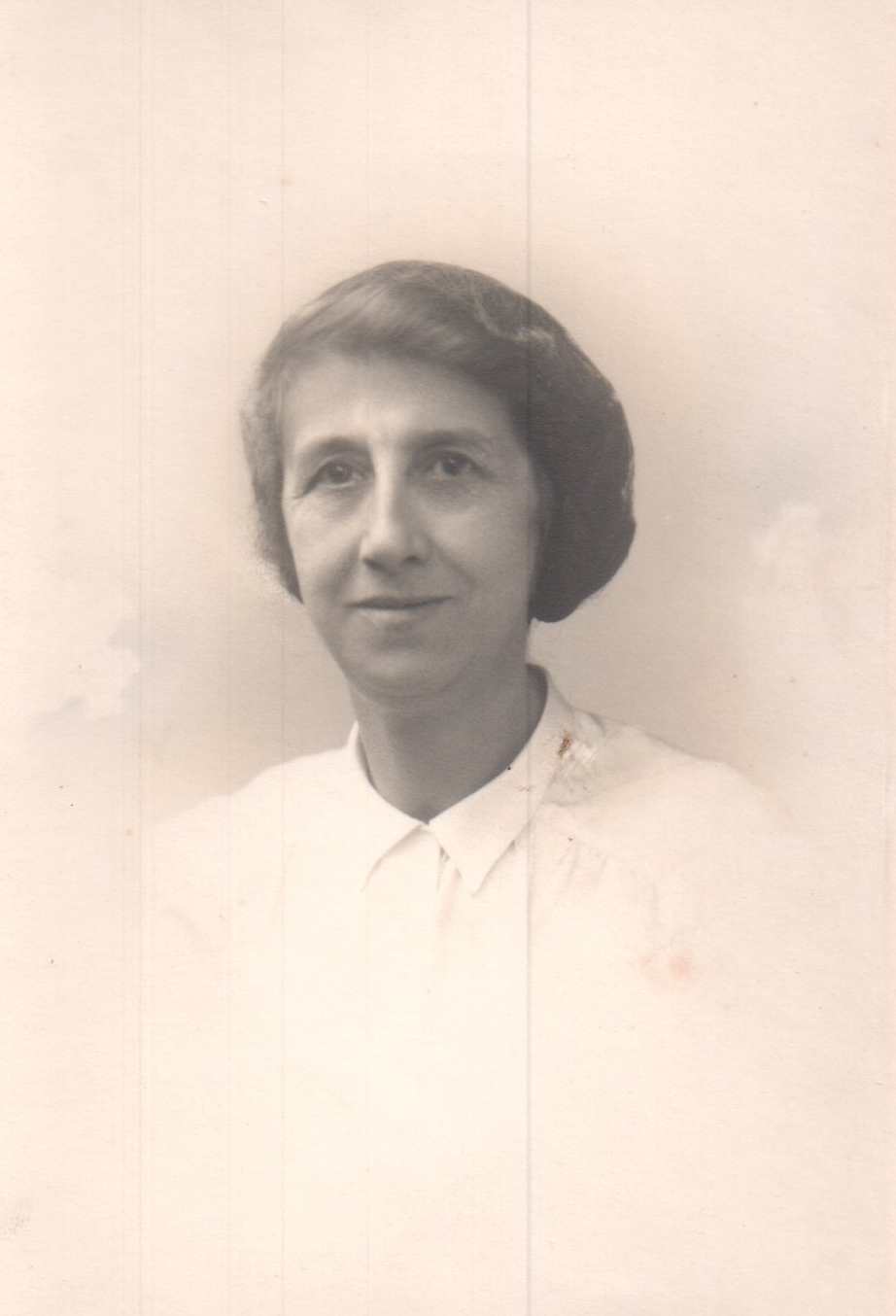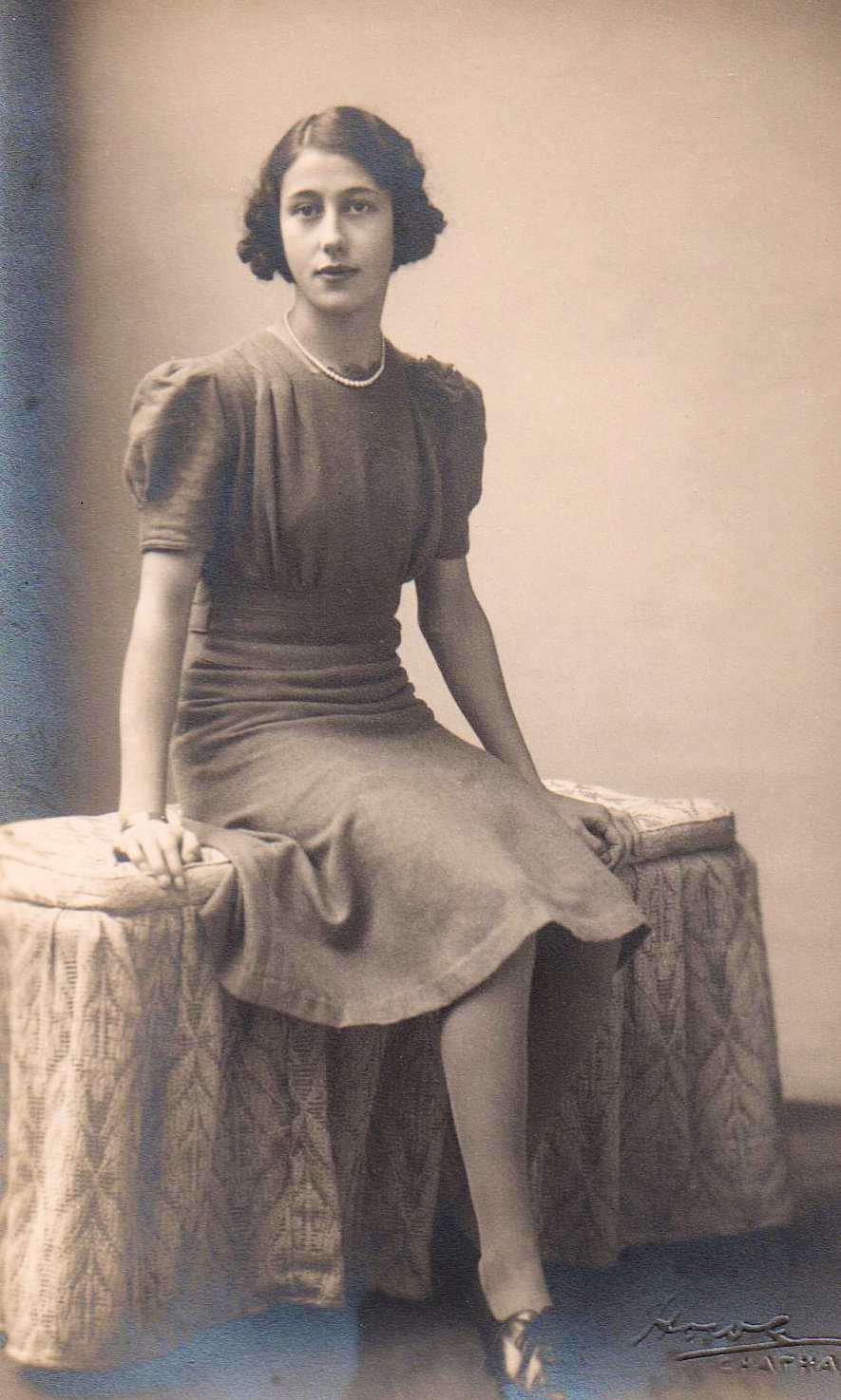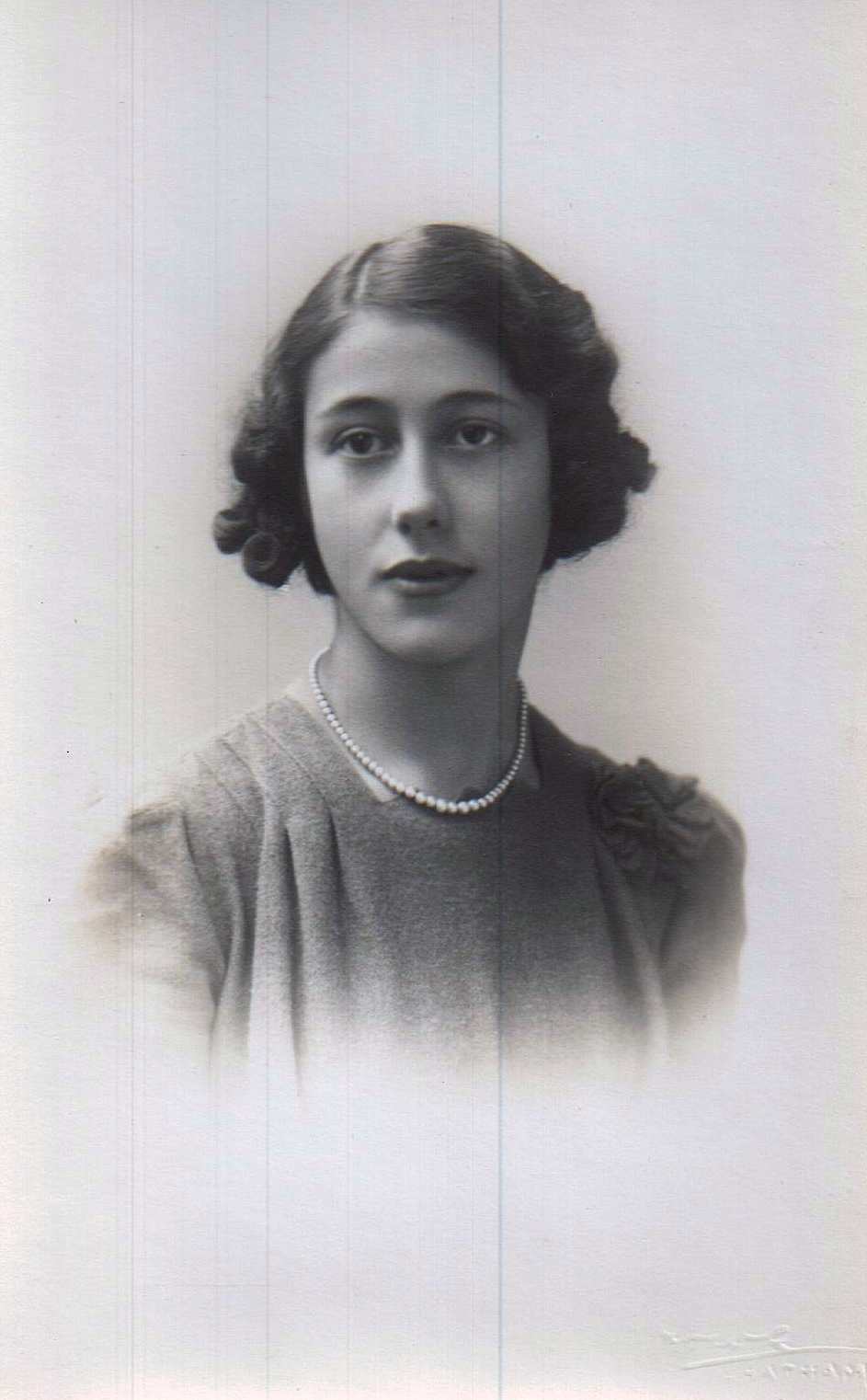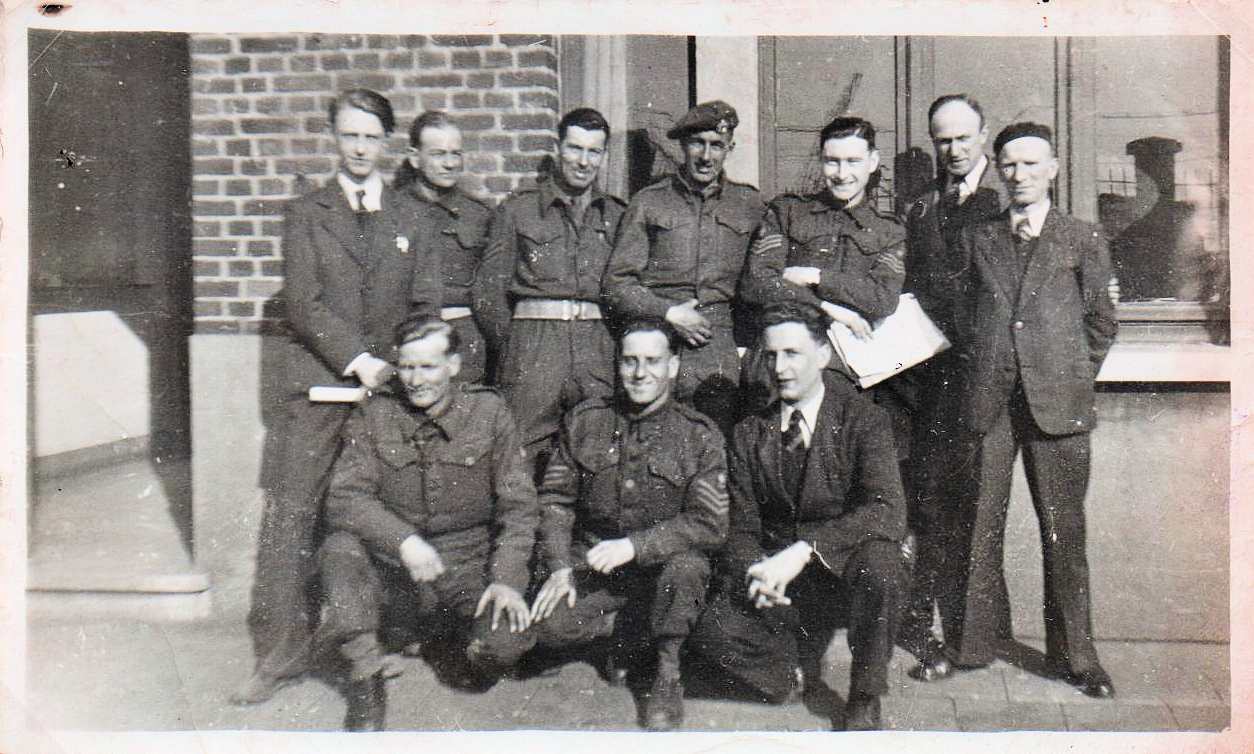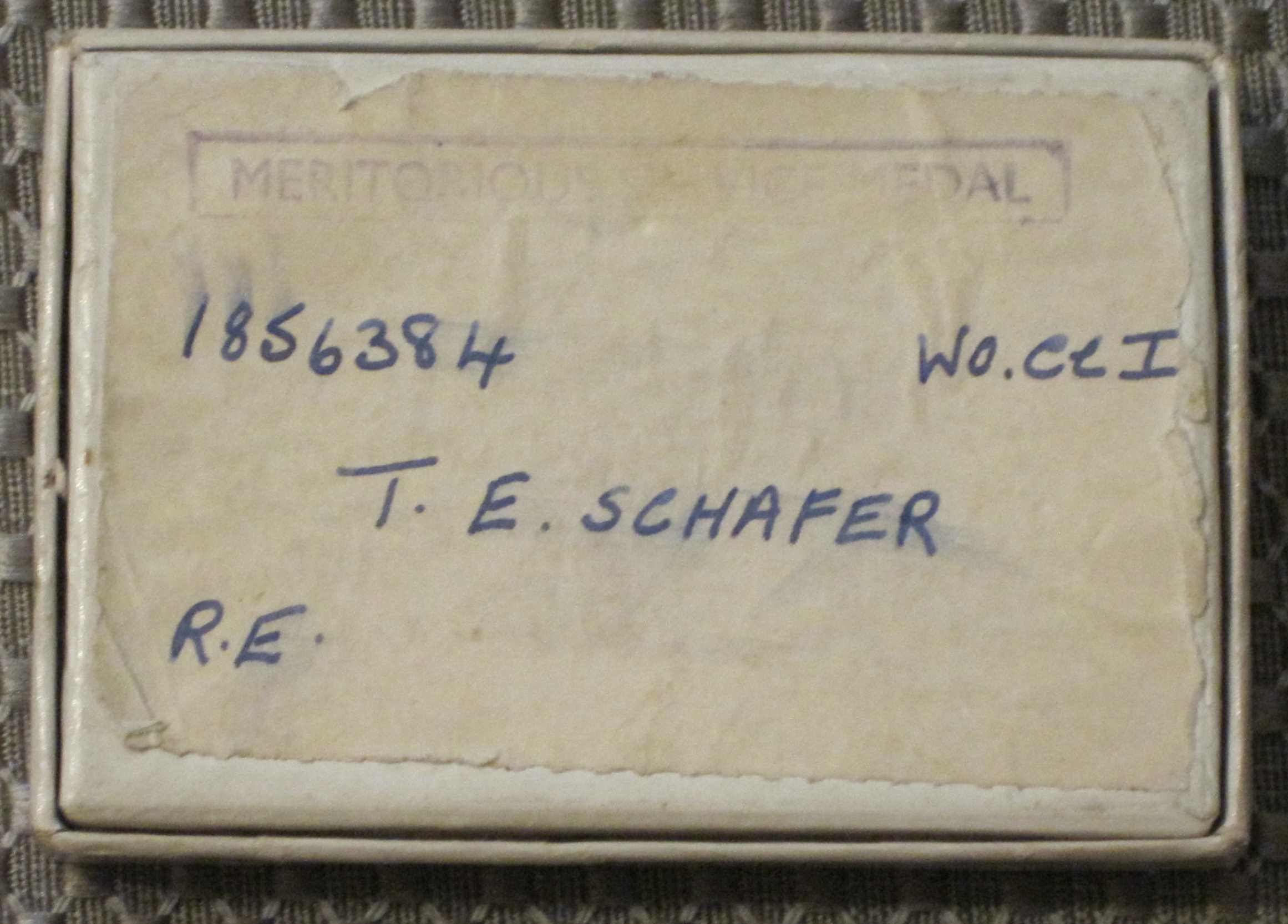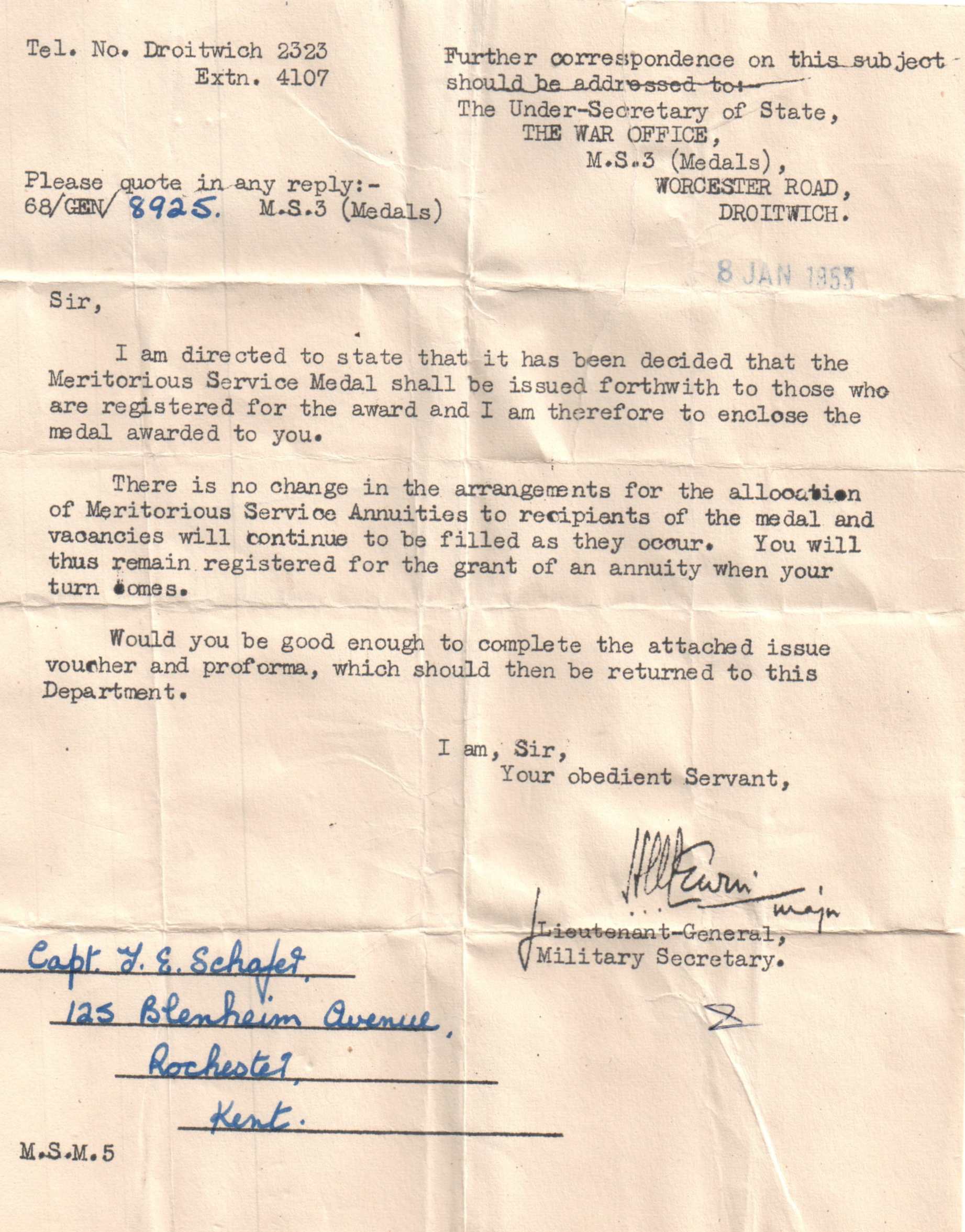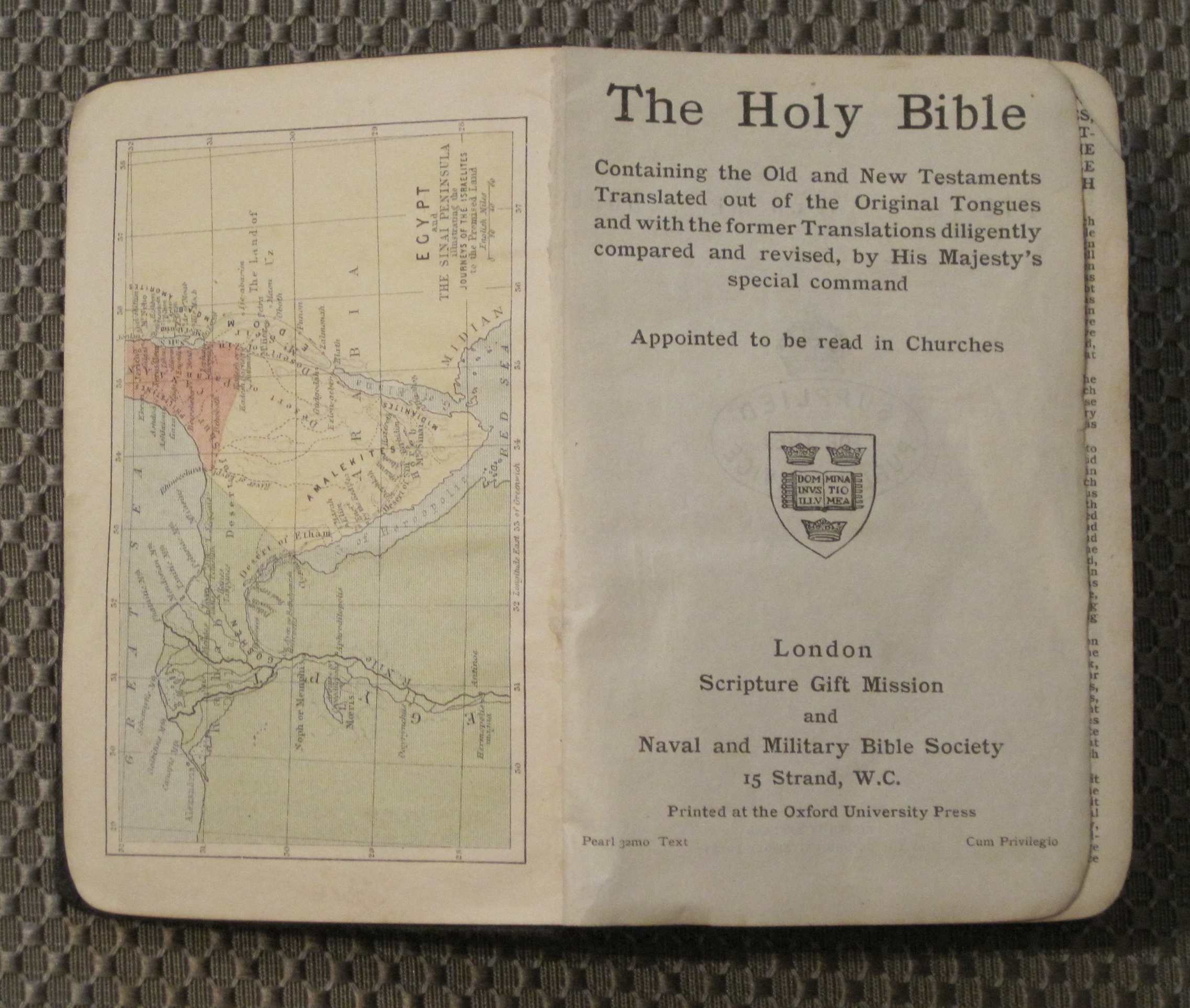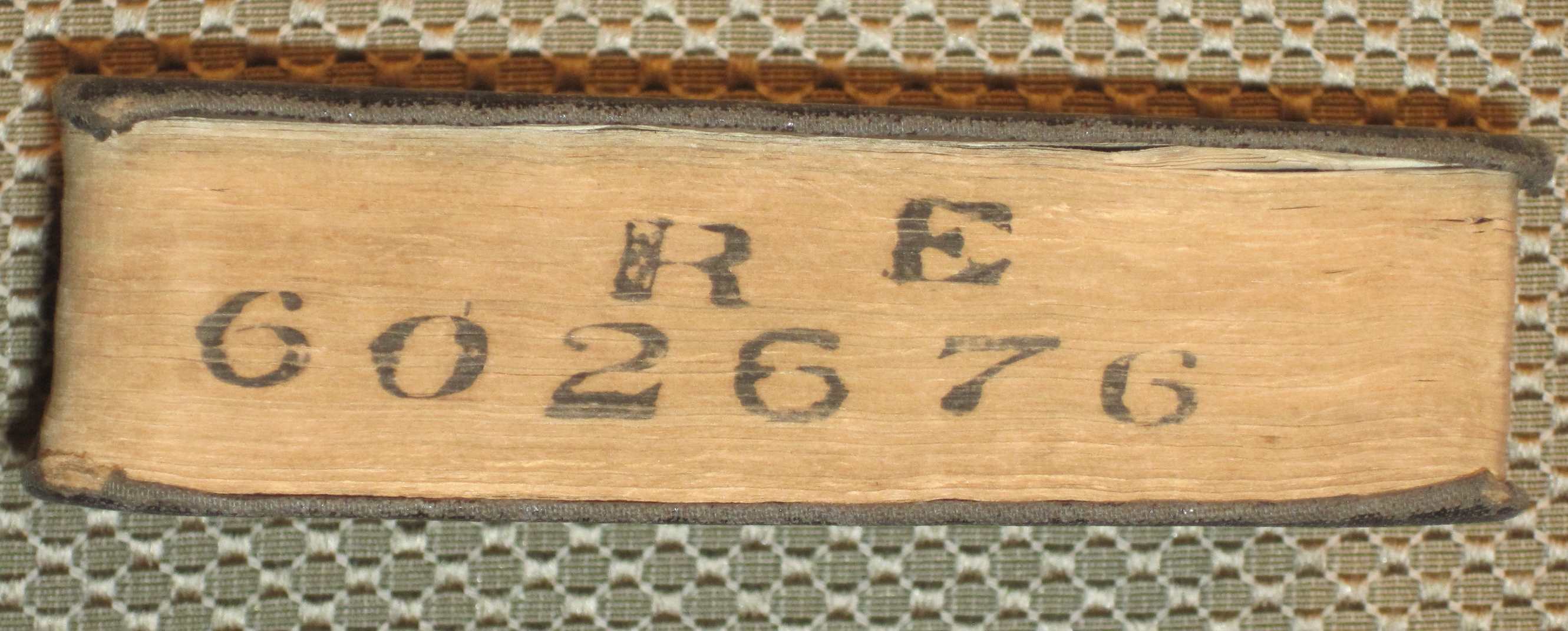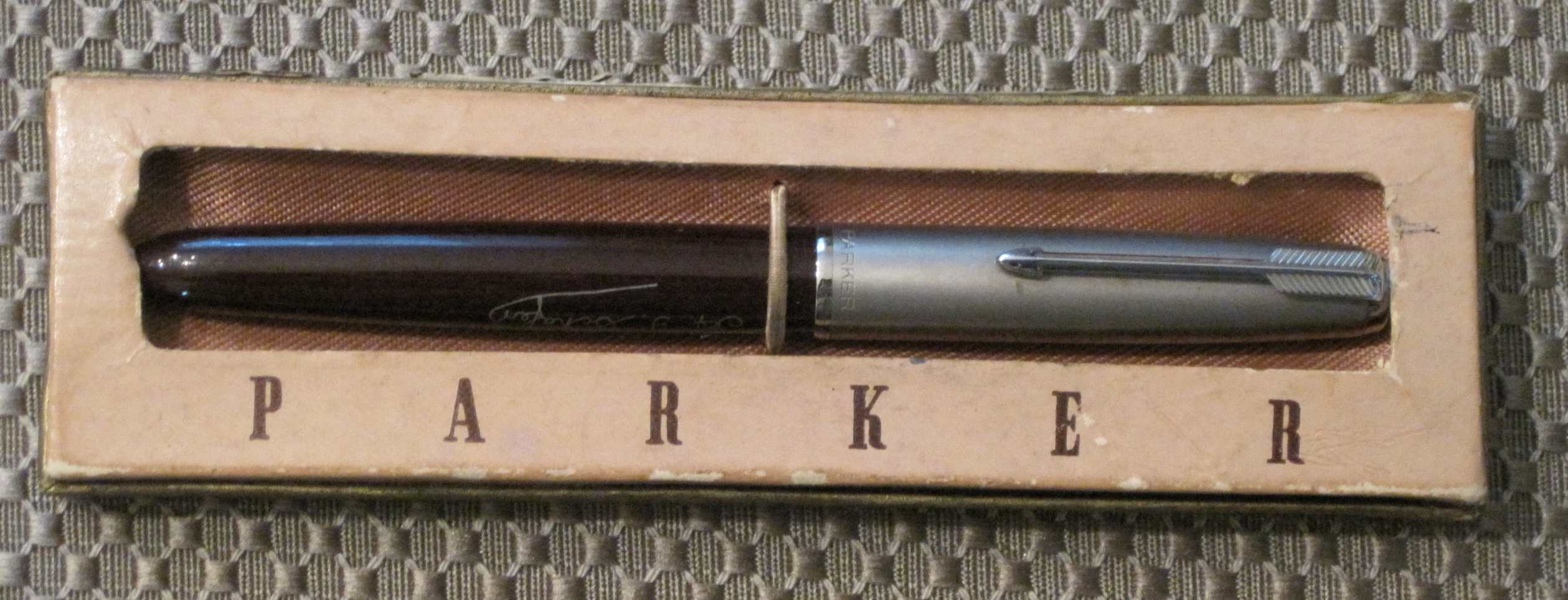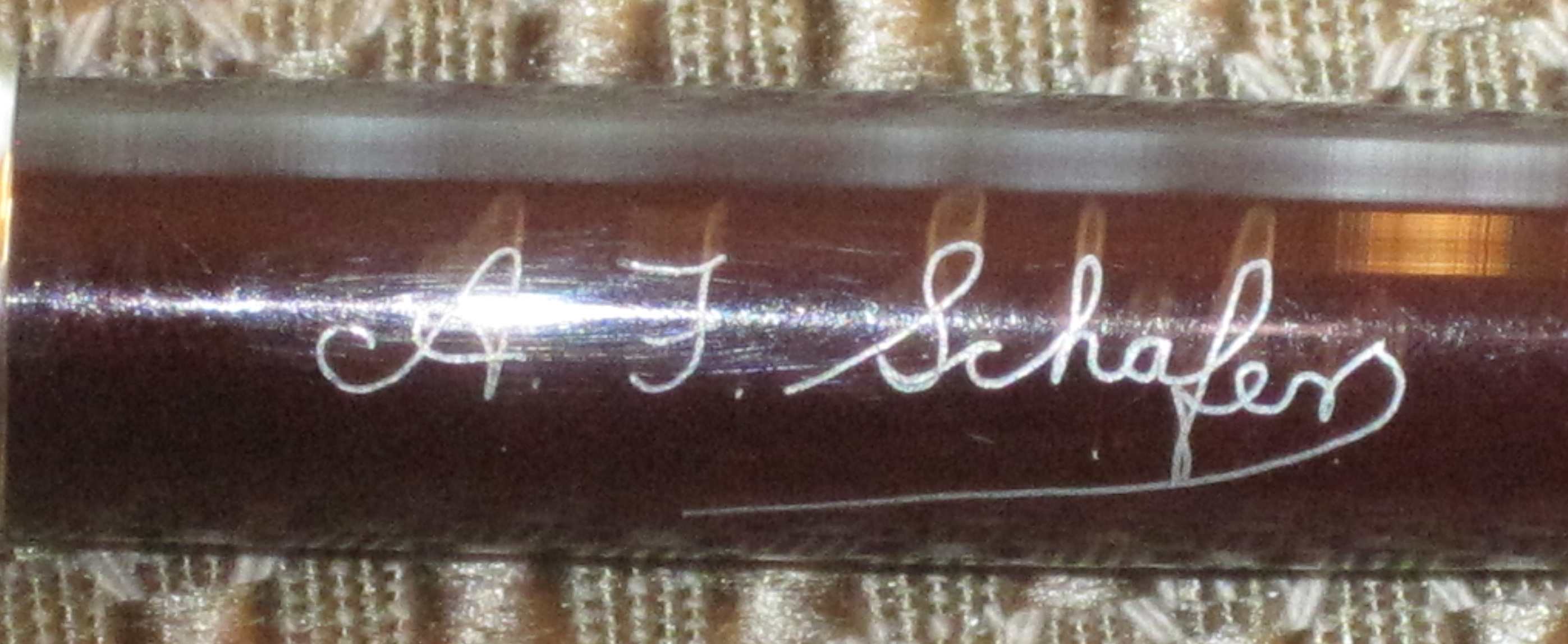Captain
THOMAS EDWARD SCHAFER
Royal Engineers
(formerly 3455 [201180] Private, 1st London Regiment,
85161 T/Corporal, The Cheshire Regiment and
602676 then 1856384 Warrant Officer Class I, R.E.)
Lieutenant
Colonel Edward De Santis
© 2016.
All Rights Reserved.
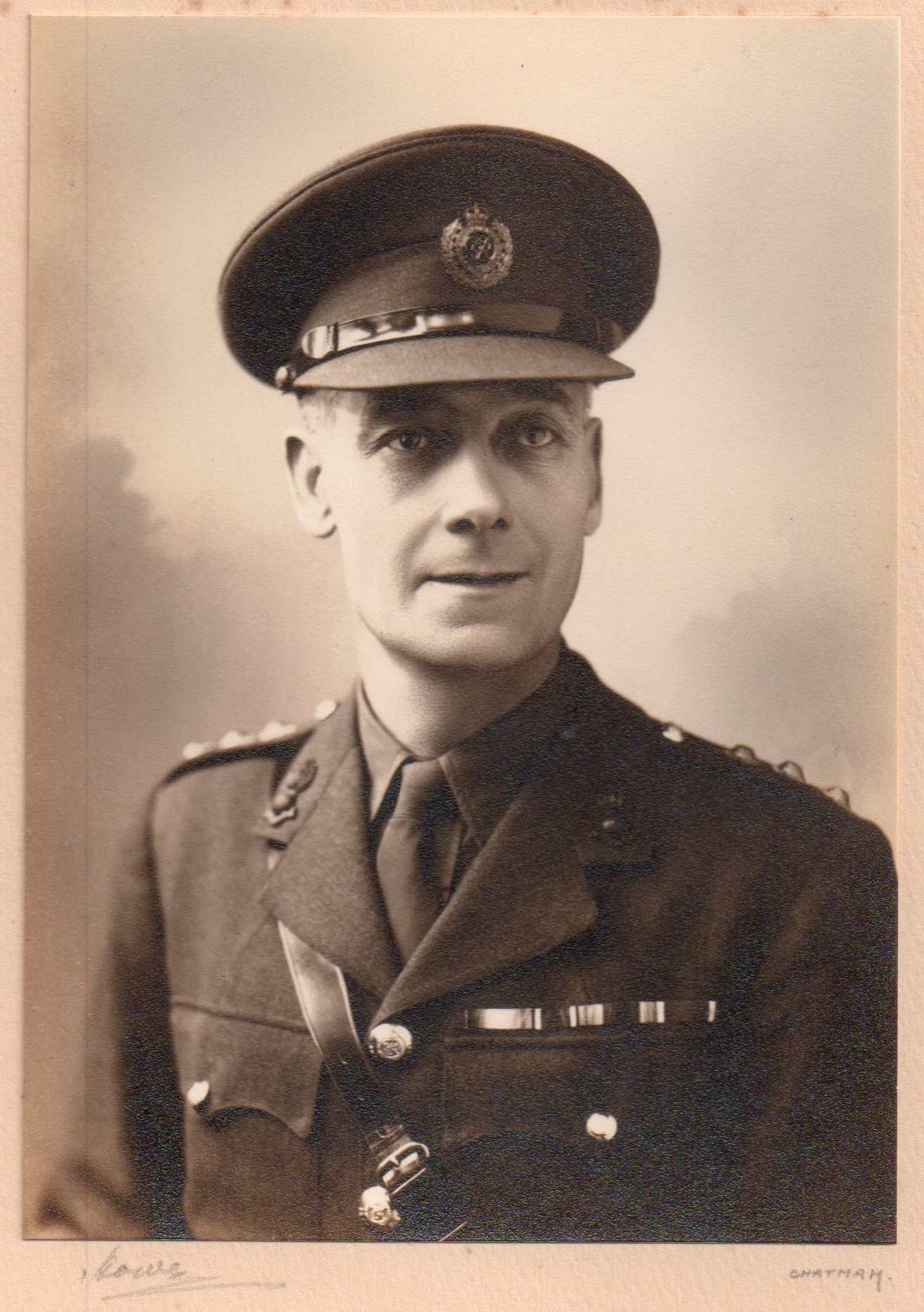
- His
medal group, which includes the 1914-15 Star, British War Medal, Victory
Medal, Defence Medal, 1939-1945 War Medal, Long Service and Good Conduct
Medal (GVR) and Meritorious Service Medal (GVIR).
- Nine
studio photographs of Captain Schafer, his wife and his daughter.
- Twenty-three
photographs and postcards of Schafer and men with whom he served over the
span of his military career.
- Three
newspaper cuttings describing the collapse of a bridge at Aldershot.
- Original
documents including:
a.
His Soldier’s Service and Pay Book (Army Book 64).
b.
His Regular Army Certificate of Service (Army Form
B.106).
c.
A certified copy of his Statement of Services (Army
Form B. 200).
d.
A School of Education Certificate from Shorncliffe
(Army Form C.363).
e.
His Army Certificates of Education, Second Class and
First Class.
f.
His World War 2 Military Identity Card.
g.
A letter from the War Officer forwarding his
Meritorious Service Medal to him.
- His
Army-issue bible.
- A
sterling silver cigarette case.
- A
Parker fountain pen belonging to his daughter.
All
of the items listed above provided the basis for much of the work presented in
the following sections of this of this research report.
2.
THE SCHAFER FAMILY
Thomas Edward Schafer’s grandfather and grandmother both were born in Germany. Table 1 below shows the members of the family of Henry and Katherine Schafer in 1891. Their son, Frederick, was the father of Thomas Edward. As far as it can be determined, Henry Schafer immigrated to England from Germany prior to 1871 and settled in Lancashire where he worked as a tailor. [2] In 1881 he was still located in Lancashire and was working as a Master Tailor of men’s clothing. [3] Based on the age of his daughter Elizabeth, it would appear that Henry and Katherine married in about 1871 and moved to London prior to 1891.
Table 1.
The 1891 Census of England and
Wales (Grandparents)
|
Name |
Relation
to Head of Family |
Marital
Status |
Age |
Profession
or Occupation |
Where
Born |
|
Henry
Schafer (Grandfather) |
Head |
Married |
40 |
Tailor |
Hanover,
Germany |
|
Katherine
Schafer (Grandmother) |
Wife |
Married |
38 |
|
Darmstadt,
Germany |
|
Elizabeth
Schafer |
Daughter |
|
20 |
Tailoress |
Bethnal
Green, London |
|
Frederick
Schafer (Father) |
Son |
|
18 |
Tailor’s
Assistant |
Shoreditch,
London |
|
Anna
Schafer |
Daughter |
|
16 |
Tailor’s
Assistant |
Haggerston,
London |
|
Theodora |
Daughter |
|
14 |
Tailor’s
Assistant |
Mile
End Old Town |
Their address at the time of the census was 29 Turner Street, Mile End Old
Town, Stepney, London in the East End not far from the Royal London Hospital
and the Whitechapel train station.
By about 1897 Frederick Schafer had his own family, having married and moved to St. Luke’s Parish in Finsbury, London as shown in Table 2 below. Finsbury is a district of central London located immediately north of the City of London, east and north of Clerkenwell, west of Shoreditch, and south of Islington and City Road. It is in the south of the London Borough of Islington. Lizard Street is the eastern boundary of Bartholomew Square and is only one block in length.
Thomas Edward Schafer was born in St. Luke’s Parish on the 30th
of November 1897. As can be seen
by an examination of Tables 1 and 2, Thomas’ father and grandfather, as well
as other members of his family were in the tailoring business.
Table
2. The 1901 Census of England and
Wales (Parents)
|
Name |
Relation
to Head
of Family |
Marital
Status |
Age |
Profession
or Occupation |
Where
Born |
|
Frederick
Schafer (Father) |
Head |
Married |
28 |
Tailor |
Stepney,
London |
|
Lizzie
Schafer (Mother) |
Wife |
Married |
25 |
Tailoress |
Bethnal
Green, London |
|
Thomas
Schafer |
Son |
|
3 |
|
St.
Luke’s, London |
|
Charles
Schafer |
Son |
|
1 |
|
St.
Luke’s, London |
NOTES:
1. The address of the household at the time of the
census was 6 Lizard Street, St. Luke’s, Finsbury, London.
2. Lizzie Schafer’s full and actual name was Eliza Mary Schafer.
No record can be found of the family of Frederick Schafer in the 1911 Census of England and Wales; however, Thomas Edward Schafer does appear in the 1911 census as an inmate at the Poplar Training School, Hutton, Brentwood, Essex. This institution was opened in 1905 and was given the name Training School or Residential Home to house destitute children from the district of Poplar in the east end of London. The school was capable of housing anywhere from 400 to 700 children at any one time. Like much of London during the Victorian era the Borough of Poplar faced high poverty levels. As the 19th century drew to a close the workhouses and orphanages in the borough were trying to cope with significant overcrowding. The chairman of the Board of Guardians for the region, George Lansbury, saw an opportunity to expand their operations into the Essex countryside and convinced the Board to acquire 100 acres of land situated between Hutton and Shenfield on the Rayleigh Road. In 1906 the Board completed work on a self-contained community with its own stores, school, indoor swimming pool and an array of ancillary buildings alongside the accommodation for the staff and a significant number of orphans living in small groups. During the course of this research nothing could be found to explain why the family of Frederick Schafer became destitute. Apparently it did and Thomas Edward was consigned to the Poplar Training School sometime between 1906 and 1911.
Figure
2.
Poplar Workhouse, circa 1910.
Thomas’ brother Charles, who apparently was unable to support himself as a teenager, was admitted to a number of workhouses between 1917 and 1918. Records of London Workhouses show that Charles was admitted to the High Street Poplar Workhouse on the 5th of March 1917 and was discharged on the 16th of March 1917. He was then admitted to the Bow Road Workhouse in London (date unknown) and was discharged from there on the 1st of December 1918. He was immediately readmitted to the High Street Poplar Workhouse on that same date and remained there until he was discharged on the 6th of December 1919. [4]
Searches for the location of the father of Thomas and Charles, Frederick Schafer, after 1901, did not produce any evidence of his whereabouts or if he was still alive. It is possible that Frederick died sometime between 1901 and 1911. The Death Registry for the third quarter of 1906 indicates that Eliza Mary (“Lizzie”) Schafer [5] died in that year, perhaps leaving both boys without any parents. Since the boys were left unable to support themselves they became destitute and had to be admitted to workhouses. Charles spent at least two years during the Great War in workhouses. Thomas was able to leave that life early in 1915 when he turned 18 years of age and joined the Army.
3.
THE GREAT WAR, 1914-1918
Enlistment
in the Army
Thomas Edward Schafer enlisted in the Army at Bloomsbury, London as a Private in the 1st City of London Regiment (Royal Fusiliers) on the 25th of January 1915 for a period of four years with the Colours. His Regimental Number was 3455. On the 30th of January he was posted to the 2/1st (City of London) Battalion (Royal Fusiliers) [6] in the 2/1st London Division. His battalion embarked with the Mediterranean Expeditionary Force (M.E.F.) to Malta on the 1st of February and relieved the 1/1st (City of London) Battalion of the Royal Fusiliers upon its arrival.
Gallipoli
Private Schafer’s battalion landed at X Beach, Sulva Bay, Gallipoli on the 25th of April 1915 under the command of Lieutenant Colonel H.E.B. Newenham. [7] The battalion joined the 86th Brigade commanded by Brigadier-General Steuart W. Hare, a brigade that formed part of the 29th Division. Schafer’s Medal Index Card (MIC) indicates that he entered the theatre of war (Gallipoli) on the 25th of August1915; therefore, he was not involved in the initial landing or in the actions that took place during the four months prior to his arrival. Apparently he was one of the replacement drafts sent to the battalion in Gallipoli after the initial landing.
the 2/1st (City of London) Battalion (Royal Fusiliers) at Gallipoli
as a Lieutenant Colonel.
Gallipoli and Aegean Islands.
[8]
Private Schafer served with the 2/1st (City of London)
Battalion (Royal Fusiliers) in the actions at Gallipoli until the battalion
was evacuated and moved to Egypt in January of 1916 where it joined the 53rd
(Welsh) Division.
France and Flanders
On the 17th
of April 1916 his battalion moved to France independently, landing at
Marseille, and joined the British Expeditionary Force (B.E.F.) for service on
the Western Front. On the 24th
of May 1916 Schafer was transferred to the 1/1st Battalion (City of
London) Regiment (Royal Fusiliers) after the 2/1st Battalion was
disbanded at Rouen. The 1/1st
Battalion was serving with the 167th Brigade in the 56th
(London) Division. His new
battalion took part in major engagements including the Battle of the Somme in
autumn 1916 and the Battle of Arras in spring 1917.
Because of a wound received in action, on the 15th of May
1917 Private Schafer returned to England and was posted to the regimental
depot to recuperate.
[9]
He was posted to the
Reserve Battalion of the City of London Regiment on the 26th of
June 1917, he was appointed a paid Acting Lance Corporal on the
30th
of January 1918 and a paid Acting Corporal on the 3rd of April
1918. He remained at the
regimental depot for the remainder of the war after having served in both the
M.E.F. and the B.E.F.
Lieutenant Albert Arthur Auerbach
There is a postcard photograph in the collection of ephemera of Thomas
Edward Schafer of a 2nd Lieutenant Albert Auerbach, London Regiment
(Royal Fusiliers). The inscription
on the reverse of the postcard reads as follows:
|
1/1st
London Regiment In
remembrance of days in Egypt and thinned out valises. Yrs, Albert
Auerbach 2nd
Lt. 27.8.16 |
The date on the postcard, the 27th of August 1916, indicates
that 2nd Lieutenant Auerbach wrote the inscription after the
battalion moved to France. Unfortunately
the postcard is not addressed to anyone, so it is not possible to know if
Auerbach gave it directly to Schafer or if Schafer obtained from someone else.
Auerbach may have been Schafer’s platoon commander when the 1/1st
London Regiment was in France. The
fact that the postcard was among Schafer’s possession appears to indicate
that he knew Lieutenant Auerbach personally and that they may have served
together. Auerbach also had served
at Gallipoli and he and Schafer might have served together there as well as in
France.
Albert Arthur Auerbach was the son of Arthur and Ellen Isabel Auerbach
of 1, Carlton Road, Ealing, London.
[10]
He had been educated
at Durston House, Ealing and at Marlborough College.
He had a brother, Lieutenant H.W. Auerbach, who also served during the
Great War. Lieutenant A.A.
Auerbach was awarded the Military Cross in 1917 for his service and was killed
in action on the 1st of September 1918 while serving with 1st
Battalion of the London Regiment (Royal Fusiliers), attached to the 3rd
Battalion. He is buried at
Sailly-Saillisel British Cemetery, Section VIII, Row B, Plot 7.
In addition to the Military Cross, Lieutenant Auerbach was awarded the
1914-15 Star, British War Medal and Victory Medal for his service in the Great
War.
for Service in the Great War of 1914-1918.
Lieutenant Auerbach’s
Medal Index Card verifies his award of the 1914-15 Star, the British War Medal
and the Victory Medal. It also
indicated his rank, unit and given names and shows his theatre of war as
Gallipoli with the qualifying year for the Star as 1915.
Lieutenant Auerbach’s father had to apply for his son’s 1914-15
Star on the 27th of December 1918, as Albert had been killed in
action and the medal never was issued to him.
Another letter requesting the medal was sent by Alert’s brother,
Lieutenant H.W. Auerbach, on the 7th of August 1919.
The medal finally was issued to his father on the 20th of
November 1920 at his home at 1 Carlton Road in Ealing, London W.5.
4.
THE
INTER-WAR YEARS, 1919-1939
Transfer
to the Cheshire Regiment
On the 14th of March 1919 while still serving in the London Regiment as a Private, now with Regimental Number 201183, Schafer volunteered for one additional year of service. He was awarded the British War Medal about this time for his service in the war. On the 22nd of March he was transferred to the Cheshire Regiment as a Temporary Corporal, Regimental Number 85161, and was awarded the Victory Medal for his war service.
to Private Thomas Schafer of the Cheshire Regiment.
Figure 13. Medal Roll
Showing the Award of the British War Medal and Victory Medal
to Private Thomas Schafer of the Cheshire Regiment.
Three days after his transfer to the Cheshire Regiment he was posted to the 53rd (Young Soldier) Battalion of the regiment and alerted for posting to the B.E.F. in France. [11] However, before he could report in to his new battalion his orders were changed and on the 4th of April 1919 he was assigned to the 9th (Service) Battalion, the Cheshire Regiment in France and was appointed a paid Acting Corporal.
Schafer’s stay in France was a short one. He returned to England on the 26th of August 1919 and on the 28th of that month he was appointed to the rank of Temporary Corporal, presumably at the regimental depot of the Cheshire Regiment. He remained there until the 6th of November 1919 when he was posted to a Dispersal Unit for demobilization.
On the 16th of May 1920 Thomas Edward Schafer was discharged from the Army after having served for 5 years and 112 days. He had been awarded three overseas service chevrons and one wound stripe. His address on discharge was given as 47 Suttiby Road, Highbury, London, N.5.
1.
The certificate shows previous service in the Lancashire Regiment.
This is not verified anywhere else in his service papers.
there is no further information regarding his wound in his service papers.
Enlistment
in the Royal Engineers
Schafer apparently found Army life to his liking, or perhaps he found civilian life unappealing. On the 25th of May 1920 he enlisted as a Sapper in the Royal Engineers at Whitehall in London. His Regimental Number upon enlistment was 602676, but this was almost immediately changed to an Army Number, 1856384, due to the Army’s renumbering system and the elimination of regimental numbers. His trade on enlistment was noted to be “Electrician” and he was able to pass the Trade Test Pioneer (Electrician) EIII. On the day after his enlistment he was posted to “E” Depot Company at Chatham, Kent.
Service
in the Royal Engineers Depot Battalion
Sapper Schafer was awarded a Third Class Certificate of Education on the 6th of June 1920 while at Chatham. On the 18th of January 1921 he was appointed an Acting Lance Corporal after having been posted to “B” Depot Company at Chatham. He was promoted to the substantive rank Lance Corporal on the 25th of March 1921. His duties with “B” Depot Company most likely involved administration and training of new soldiers who had recently joined the Royal Engineers.
While with “B” Depot Company Lance Corporal Schafer took the examination for the Second Class Certificate of Education on the 31st of March 1922. He was awarded a Good Conduct Badge on the 25th of May 1922 and on the 1st of June he was awarded the Second Class Certificate of Education for English, Mathematics, Imperial History, Citizenship and Electrician.
Figure 16. Lance Corporal
Schafer’s Second Class Certificate of Education.11
Service
in the 5th Field Company, R.E.
Schafer extended to complete six years with the Colours on the 15th of April 1924 while still in “B” Depot Company. Sometime in mid-1924 he was posted to the 5th Field Company at Aldershot where he married Amy Elizabeth (née McGowan) on the 20th of December 1924. Schafer was put on the married roll and the couple initially resided at 15 East Station Road in the town of Aldershot.
After a short period of time at Aldershot Schafer was temporarily posted back to Chatham, perhaps to attend a course of instruction, and he and his wife took up residence at 139 Rock Avenue in Gillingham, a town just outside of the Royal Engineer barracks at Chatham. Amy Elizabeth Schafer gave birth to their daughter, Amy Florence, at the Military Family Hospital in Chatham on the 20th of February 1926. Corporal Schafer was serving with Headquarters Wing of the Royal Engineers Training Battalion at the time of his daughter’s birth.
On the 16th of April 1926 Schafer received word that his former service in the London Regiment and the Cheshire Regiment would be allowed to reckon as qualifying service for his pension. Under Article 136, Pay Warrant 1922 he was allowed 4 years and 170 days towards his pension. Under Article 1135(b), Pay Warrant 1922 he was allowed an additional 5 years and 115 days.
The Shafers returned to Aldershot on the 12th of June 1926 where Corporal Schafer resumed his duties with the 5th Field Company. On the 16th of August he was promoted to the rank of Lance Sergeant in the company and he received congratulations on his promotion in the October 1926 issue of The Sapper magazine (page 78). This issue of the magazine also indicated that the company was engaged in pontooning at Mudeford in Dorset and that the men were taking courses in military engineering in the summer and early autumn. In the December 1926 issue of The Sapper (p. 147) there was a notation indicating that the company had taken part in field maneuvers of the 2nd Division and that water supply and forced marches were part of their training.
Possibly with Men of the 5th Field Company, R.E.
[13]
Schafer continued his military education by attending the School of Education at Shorncliffe while serving with the 5th Field Company. The Army School of Education at Shorncliffe in 1926 was a rather rustic facility consisting of corrugated iron huts erected during the Great War. It appears that the accommodations there continued to be rustic until at least 1937 when there was discussion in Parliament and the Secretary of State for War was asked whether it was proposed to give the Army School of Education at Shorncliffe more suitable facilities. [14] The accommodations notwithstanding, on the 17th of September 1928 Schafer completed the course with a satisfactory report. Unfortunately Schafer’s records do not describe the subject taught at this course.
from the School of Education, Shorncliffe, Army Form C.363.11
Service
in the 7th Field Company, R.E.
On the 5th of April 1928 Lance Sergeant Schafer was posted abroad to the British Army of the Rhine (B.A.O.R.) in Germany where he was assigned to the 7th Field Company, at Wiesbaden. [15] When Schafer arrived at the 7th Field Company the unit was commanded by Major J.E.H. Evelegh, R.E.
In the summer of that year he passed a Chemical Warfare Course that he attended from the 18th of June to the 14th of July. In passing the course he became qualified as a Company Instructor (Q.I.) in chemical warfare. His time also was spent on maneuvers and trade training and each year Schafer and the 7th Field Company, Schafer spent a good deal of time during the summer, usually in July, at a bridging camp located in Schierstein near Wiesbaden on the Rhine River. [16] The company’s time at bridging camp usually ended with company sports, including aquatic sports. On the 28th of July 1929 the company took part in the Annual Review with an inspection by the General Officer Commanding the British Army of the Rhine. [17] During this period the 7th Field Company was commanded by Major T.W.R. Haycraft, R.E., who had replaced Major Evelegh in May of 1929. In the summer of 1929 the company also participated in the annual course of fieldworks on the exerzier platz (military training area) at Wiesbaden and then moved to the bridging camp at Schierstein.
Figure 19. Bridge Training
at Schierstein.1
Service
in the 254th Field Company (Territorial Army)
Lance Sergeant Schafer returned home from Germany on the 30th of November 1929 and on the 30th of January 1930 he was appointed a Temporary Sergeant and was posted to the 55th (West Lancashire) Divisional Engineers of the Territorial Army as a Permanent Staff Instructor (P.S.I.). [18] The division was disbanded after the Great War when the Territorial Force was disbanded but it was later reformed as a Territorial Army unit and saw a significant change in units throughout the inter-war years, with many battalions in the division being converted into anti-aircraft or searchlight units of the Royal Engineers or the Royal Artillery. [19] In his capacity as a Permanent Staff Instructor he was assigned to the 254th Field Company with headquarters at 59 Everton Road in Liverpool. [20] During the Great War the 254th had been one of the tunneling companies of the Royal Engineers. After the war it was converted to a field company and during World War 2 it was again re-designated as a field park company.
Schafer was posted to Altcar Training Center [21] in Hightown, Merseyside in May of 1930, probably serving as an instructor for the engineer units of the 55th Division during one the division’s training exercises. On the 4th of November 1930 while serving with the 254th Field Company, Schafer was promoted to the substantive rank of Sergeant.
Figure
23. Sergeant Thomas Edward
Schafer, R.E.
Wearing his Great War Medals.
1
Unfortunately, other than a mention regarding the company’s
participation in the annual training camps of the Territorial Army’s 55th
Division there is not a single mention of the 254th Field Company
in any issue of The Sapper magazine
between November 1929 and January 1933.
Figure
26. Sterling Silver Cigarette
Case Presented to Sergeant Schafer.
[22]
Service
in the 23rd Field Company, R.E.
On the 31st of January 1933 Sergeant Schafer was assigned to the 23rd Field Company, R.E. at Aldershot, Hampshire, thereby relinquishing his post as an instructor with the Territorial Army and returning for duty with the Regular Army. Shortly thereafter he was awarded the Long Service and Good Conduct Medal in accordance with Army Order 175 of 1933, having completed 18 years of service.
While serving at Aldershot with the 23rd Field Company, unit was involved with the construction of a temporary timber suspension bridge over the Basingstoke Canal. The finished bridge was a very impressive structure. In fact the bridge was inspected by King Feisal of Iraq upon its completion.
Figure
27. The Bridge at Aldershot
after its Completion.1
After the King of Iraq completed his tour of the bridge, the military bridge builder’s nightmare occurred. The bridge collapsed under the weight of a light lorry crossing it. The lorry somersaulted into the stream landing upside down. Fortunately the driver fell clear and was uninjured. Heads certainly must have rolled after this fiasco. Schafer’s participation in the construction of the bridge is uncertain, but as he had these photographs and clippings in his possession, he must have been involved to some extent. The cause of the bridge failure perhaps is explained by the publication of the following excerpt from an article regarding the bridge’s construction that was published on page 331 in “Station News” of the 23rd Field Company in the July 1933 issue of The Sapper:
“This
job [referring to the construction of the bridge] is
being pushed rapidly forward to enable its completion before we proceed to
bridging camp.”
It appears that the bridge was not part of a training exercise, but rather it was a bridge that was to be constructed to serve a purpose as a crossing of the canal on the roadway where it was constructed, perhaps to provide access to a training area. The company seemed to be in a hurry to get it done so that it could move forward with its annual training at bridging camp. In their haste to complete the bridge an error obviously was made in its design; hence, the collapse.
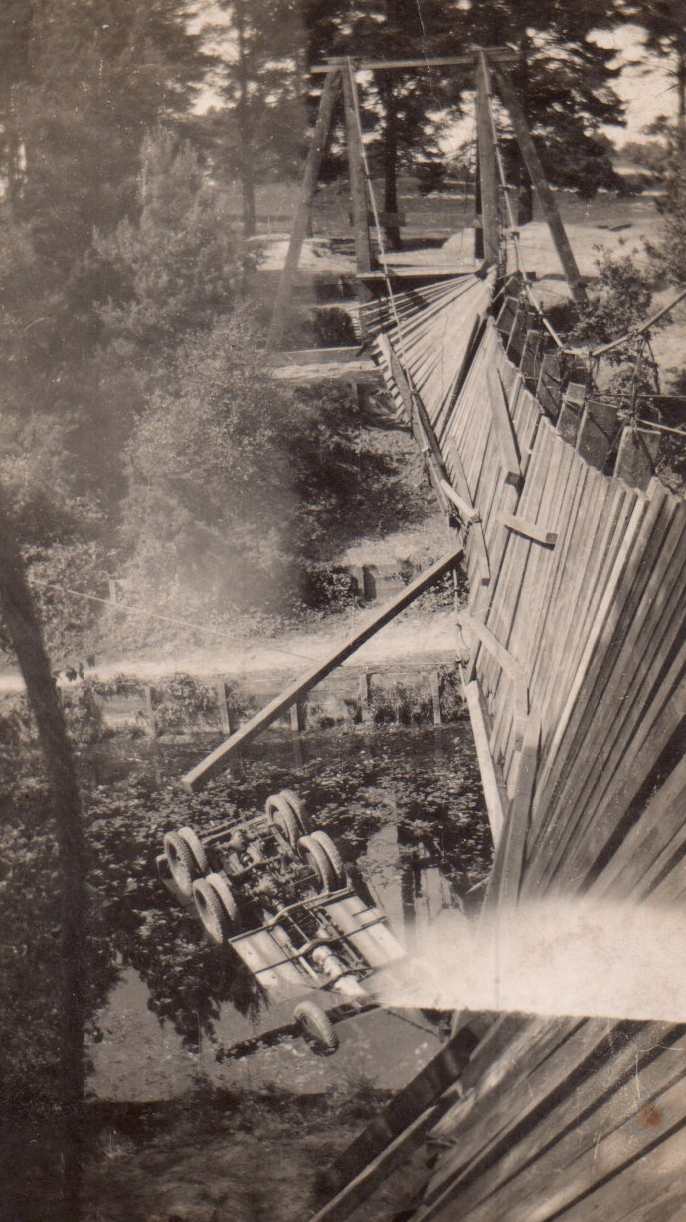
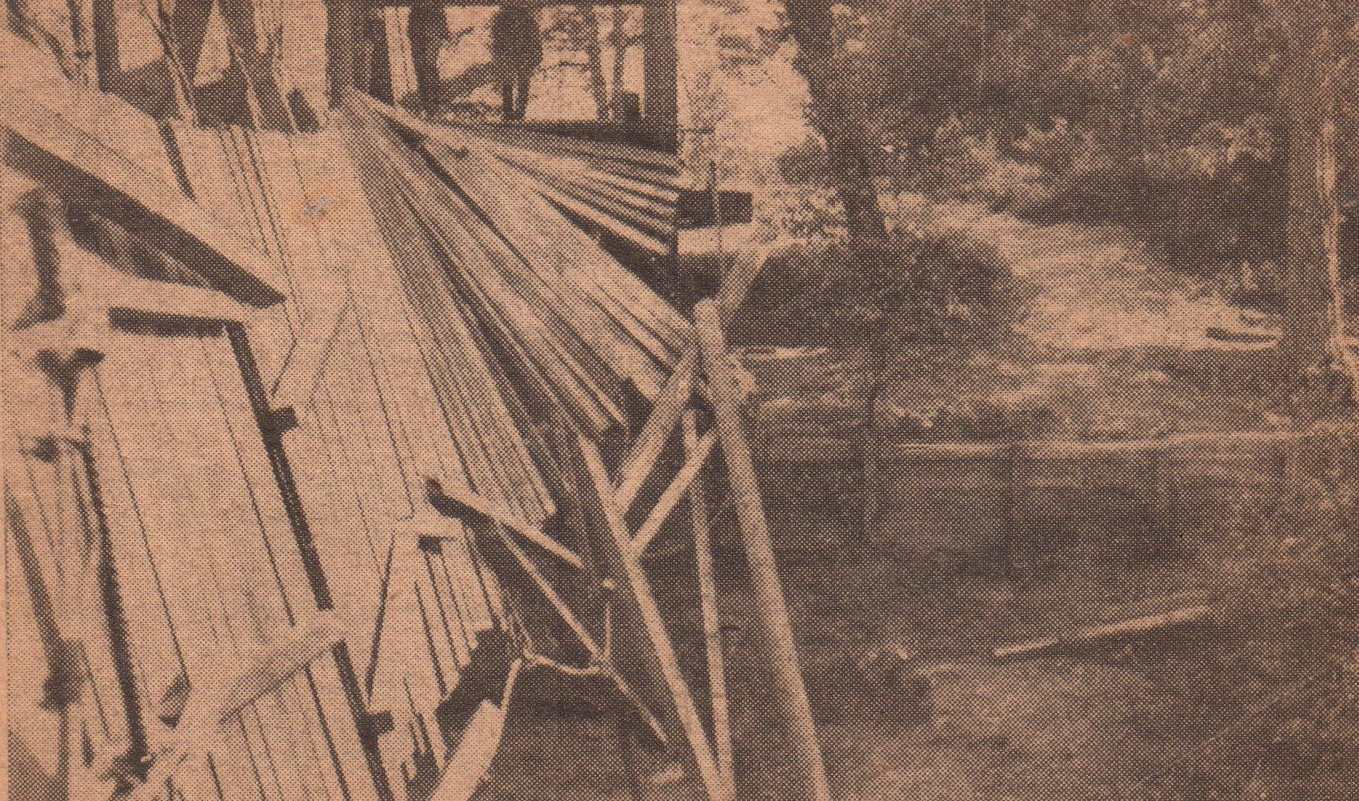
Figures
29 and 30. Two Views of the Collapsed Timber Suspension Bridge at
Aldershot after the Tour by King Feisal of
Iraq. Note the lorry in the left photograph laying overturned at the
bottom of the stream.
On the 13th of July 1935 a review of troops was held at Aldershot in honor of the Silver Jubilee of King George V. The 23rd Field Company was selected to participate in this review. It may be assumed that somewhere in Figure 31 below we might find Sergeant Schafer marching past the reviewing stand.
As was typical for a Royal Engineers field company during Schafer’s time in the 23rd, he participated in trades training, field exercises, fieldworks training (which one year included road cratering), bridge training and the annual musketry course.
Sergeant Schafer was an excellent rifle marksman and competitive shooter. During 1935, while serving in the 23rd Field Company, he was the Captain of the company’s rifle team which shot in the Small Arms Meeting at Aldershot Command. His team was the winner of the Hemming Challenge Cup. In Figure 32 below, Sergeant Schafer is being presented the trophy cup by a general officer.
As an individual competitor, Sergeant Schafer shot in the Royal Engineers Association Qualifying Round, Class “A” (Home), Chattenden Snap, also while serving in the 23rd Field Company. He scored 25 points, winning 1£-8s-4p for his performance in the match. During the individual and team competitions the men fired the Lee-Enfield, caliber .303 British service rifle as shown in Figures 33 and 34 below.
Won by His Rifle Team of the 23rd Field Company, R.E.
NOTE: Figure 32 provides a
very good idea of the physical stature of Sergeant Schafer.
He was slight of build, standing only about 5½ feet tall with a chest
measurement of
36 inches and a 26-inch waste. Although
small in size he was an excellent rifle shot and
a superior non-commissioned officer.
after Winning the Hemming Challenge Cup. 1
The Lee–Enfield bolt-action, magazine-fed, repeating
rifle was the main firearm used by the military forces of the British
Empire and Commonwealth during the first half of the
20th century. It was the British Army's standard rifle from its official
adoption in 1895 until 1957. Originally
known as the Short Magazine Lee-Enfield rifle (SMLE), in 1926 the British Army
changed the nomenclature and the SMLE became known as the Rifle
No. 1 Mk III. This is the
rifle that Sergeant Schafer and his team would have used in their competition
matches.

Figure 34. The Lee-Enfield Rifle,
No. 1 Mk III.
Service
in the 1st Anti-Aircraft Searchlight Battalion, R.E.
On the 31st of January 1936 Sergeant Schafer was posted to the 1st Anti-Aircraft Searchlight Battalion, R.E. Blackdown. [24] The 1st Anti-Aircraft Battalion was the only Regular Army anti-aircraft searchlight unit on the Royal Engineer establishment at that time. The reader can get a good idea of the work of this unit by reading Searchlights in the Corps of Royal Engineers by Brigadier B. Chichester-Cooke, CBE, TD, DL.
At the time of Schafer’s assignment to the battalion the unit formed part of the Aldershot Command. The key officers of the battalion were [6]:
Lieutenant Colonel M.F. Grove-White, DSO, OBE, p.s.c. (Commanding)
Lieutenant Colonel G. le Q. Martel, DSO, MC, p.s.c. (Additional)
Captain T. Kimber (Adjutant)
Captain R.P.A.D. Lithgow (Headquarters Wing)
Major K.D. Yearsley, MC ("A" Company)
Major K.I. Gourlay, DSO, MC ("B" Company)
Captain A.J. de Pury ("C" Company)
Captain G.A. Balfour (“D” Company)
Sergeant Schafer was posted to “D” Company of the battalion on the 12th of September 1936 as the Company Quartermaster Sergeant and on the 2nd of December he was appointed to the temporary position of Battalion Quartermaster Sergeant.
Schafer continued his education while in the battalion and was awarded a First Class Certificate of Education after passing an examination administered in March 1937 at Blackdown. At this time he had returned to “D” Company from his posting as the temporary Battalion Quartermaster Sergeant.
Figure
35.
Sergeant T.E. Schafer’s First Class Certificate of Education.11
On the 2nd of September 1937 Sergeant Schafer was promoted to the rank of Company Sergeant Major (Warrant Officer Class 2) in “D” Company of the 1st Anti-Aircraft Searchlight Battalion. On the 1st of December 1937 he was temporarily transferred to “E” Company of the 2nd Anti-Aircraft Searchlight Battalion, but was transferred back to the 1st Battalion within a very short time.
A
Short Posting to Egypt
Since returning from Germany in November of 1929, Schafer had not had another posting abroad; however, in 1938 his time had come again. On the 28th of January he embarked at Southampton on S.S. California bound for Egypt.
Figure 36. S.S. California.
Schafer disembarked at Alexandria on the 6th of February 1938 and proceeded to his unit, which unfortunately is not specified in his service papers. In the opinion of the author this assignment was designed to be a temporary one and that Schafer was still a member of the 1st Anti-Aircraft Searchlight Battalion when he went to Egypt. This opinion is based on the short duration of his posting abroad and on the fact that upon returning home he was still assigned to the battalion. His short posting to Egypt may have been an inspection or advisory assignment for a unit already located there.
He remained in Egypt for just a little over a year and embarked at Port Said on the 29th of May 1939 aboard H.M.T. Dorsetshire for the return passage home. He disembarked at Southampton on the 12th of June.
After his arrival home Schafer reported his unit, Company “E” of the 1st Anti-Aircraft Searchlight Battalion, but his stay in his old unit also would be a very short one. On the 1st of July 1939 he was posted to “B” Company A.T.S. (Boys) from the 1st Anti-Aircraft Searchlight Battalion. The A.T.S. (Boys) appears to have been a part of the Army Technical Training Establishment (A.T.T.E.) with headquarters at Darland near Gillingham, Kent. Schafer’s records show that very soon after joining “B” Company he was posted to Headquarters Company, A.T.T.E. He was still serving in this unit when World War 2 broke out in September of 1939.
Figure
37. H.M.T.
Dorsetshire.
5.
WORLD
WAR 2, 1939-1946
Service
in No.3 Training Battalion, R.E.
Schafer remained with the A.T.T.E. until the 6th of March 1942 when he was posted to No. 3 Training Battalion, Royal Engineers at Newark in Nottinghamshire. During the period from July 1939 to March 1942 he took three periods of leave from 8 to 15 May 1941, 19 to 25 September 1941 and 16 February to 3 March 1942. On the 25th of May 1941, between two periods of leave, he extended his service to continue beyond 21 years for a period of one year.
Service
with the Commander Royal Engineers, Newark
On the 30th of April 1942 he began another period of leave and while on leave (on the 1st of May) he was promoted to the rank of Regimental Sergeant Major. He returned from leave on the 9th of May and reported in to his new posting in the office of the Commander Royal Engineers Newark. At this point he was nearing the end of him military career and his duties must have been such that the CRE Newark generously gave him additional leave. Although there was a war on, Schafer would not see active service during the conflict. He took two additional periods of leave from 29 July to 7 August 1942 and from 28 October to 6 November 1942. On the 19th of January 1943 he was discharged from the Royal Engineers with the rank of Regimental Sergeant Major (Warrant Officer Class 1), having been appointed to a commission in the Royal Engineers. His description upon discharge from the ranks is shown in Table 3 below.
Table 3.
Description on Discharge of Warrant Officer Class I T.E. Schafer, R.E.
|
Height: |
5 feet 6½ inches. (His Military Identity Card below shows 5 feet 7 inches). |
|
Complexion: |
Fresh |
|
Eyes: |
Brown (there is a discrepancy with this notation and that shown on his Military Identity Card shown below. |
|
Hair: |
Grey |
|
Marks or scars: |
Nil |
|
Chest measurement: |
36 inches |
|
Waist measurement: |
26 inches |
|
Breach measurement (over trousers): |
29 inches |
|
Cap size: |
6-7/8 |
|
Boot size: |
7.4 |
|
Length of rifle butt: |
Medium |
|
Total service in the ranks: |
22 years and 240 days |
|
Military conduct: |
Exemplary |
|
|
|
Regarding his conduct, his commander wrote that “This Warrant Officer has been employed as Assistant Officer i/c Stores. He has proved thoroughly capable in this capacity and is now leaving to take up a commission. He is sober, honest and absolutely reliable.”
It is curious to note that his description on discharge includes information regarding his trouser, cap, and boot sizes as well as the length of rifle butt that he would be issued if he were on active service. This information may have been necessary if in the event of a call up he were to be issued a uniform and rifle.
Figure
38. The Military Identity Card of
Temporary
Captain Thomas Edward Schafer issued on 2 May 1944.
[25]
The
narrative presented in sections 1 through 5 above provides a chronological
account of the military service of Thomas Edward Schafer.
The following sections, 6 through 12, summarize the major events in his
career in tabular form so that the reader can have more ready reference to the
various occurrences in his career.
6.
PROMOTIONS, APPOINTMENTS AND QUALIFICATIONS
a. Promotions: Thomas Edward Schafer received the promotions and changes in rank during his time in service shown in the table below.
Table
4. The Promotions of Thomas Edward
Schafer, R.E. from 1915 to 1943.
Date
of Promotion or Appointment
|
Rank
or Position |
|
Great
War, 1914-1919 |
|
|
25 January 1915 |
Enlisted as 3455 Private, 1st City of London Regiment (Royal Fusiliers) |
|
30 January 1918 |
Appointed paid Acting Lance Corporal. |
|
3 April 1918 |
Appointed paid Acting Corporal. |
|
14 March 1919 |
201183 Private, London Regiment,. |
|
22 March 1919 |
85161 Temporary Corporal, Cheshire Regiment,. |
|
4 April 1919 |
Paid Acting Corporal. |
|
28 August 1919 |
Appointed Temporary Corporal. |
|
Between
the Wars, 1920-1939 |
|
|
25 May 1920 |
Enlisted as 1856384 Sapper in the Royal Engineers,. |
|
18 January 1921 |
Appointed Acting Lance Corporal. |
|
25 March 1921 |
Promoted Lance Corporal. |
|
21 February 1923 |
Appointed Acting Corporal. |
|
27 February 1923 |
Promoted Corporal. |
|
16 August 1926 |
Promoted Lance Sergeant. |
|
30 January 1930 |
Appointed Temporary Sergeant. |
|
4 November 1930 |
Promoted Sergeant. |
|
12 September 1936 |
Appointed Temporary Company Quartermaster Sergeant. |
|
2 December 1936 |
Promoted Battalion Quartermaster Sergeant. |
|
2 September 1937 |
Promoted Company Sergeant Major (Warrant Officer Class II). |
|
World
War 2 (1939-1945) |
|
|
31 January 1941 |
Promoted Regimental Quartermaster Sergeant. |
|
1 May 1942 |
Promoted Regimental Sergeant Major. |
|
20 January 1943 |
Commissioned
Lieutenant (Quartermaster), R.E., Army Number 263066. |
Table 5.
The Appointments and Positions of Thomas Edward Schafer, R.E. from 1915
to 1943.
Date
of Appointment
|
Position
and Unit |
|
The
Great War 1914-1918 |
|
|
25 January 1915 |
Private, 1st City of London Regiment (Royal Fusiliers).. |
|
30 January 1915 |
Private, 2/1st (City of London) Battalion (Royal Fusiliers). |
|
24 May 1916 |
Private, 1/1st
Battalion (City of London) Regiment (Royal Fusiliers). |
|
26 June 1917 |
Private, Reserve Battalion City of London Regiment. |
|
30 January 1918 |
Paid Acting Lance Corporal, City of London Regiment. |
|
3 April 1918 |
Acting Corporal, City of London Regiment. |
|
14 March 1919 |
Private,
London Regiment. |
|
22 March 1919 |
Temporary Corporal, Cheshire Regiment. |
|
25 March 1919 |
Temporary Corporal, 53rd Battalion, Cheshire Regiment. |
|
4 April 1919 |
Paid acting Corporal, 9th Battalion, Cheshire Regiment. |
|
28 August 1919 |
Temporary Corporal, 9th Battalion, Cheshire Regiment. |
|
Between
the Wars, 1920-1939 |
|
|
25 May 1920 |
Sapper, Royal Engineers. |
|
18 January 1921 |
Acting Lance Corporal, “B” Depot Company, R.E. |
|
25 March 1921 |
Lance Corporal, “B” Depot Company, R.E. |
|
21 February 1923 |
Acting Corporal, “B” Depot Company, R.E. |
|
27 February 1923 |
Corporal, “B” Depot Company, R.E. |
|
17 March 1926 |
Corporal (Clerk), Headquarters Wing, Training Battalion, R.E. |
|
16 August 1926 |
Lance Sergeant, 5th Field Company, R.E. |
|
29 Mar 1929 |
Lance Sergeant, 7th Field Company, R.E. |
|
30 January 1930 |
Temporary Sergeant, Permanent Staff Instructor (P.S.I.), 55th Divisional Engineers, T.A. |
|
4 November 1930 |
Sergeant, Permanent Staff Instructor (P.S.I.), 55th Divisional Engineers, T.A. |
|
31 January 1933 |
Sergeant, 23rd
Field Company, R.E. |
|
31 January 1936 |
Sergeant, 1st
Anti-Aircraft Searchlight Battalion, R.E. |
|
12 September 1936 |
Temporary Company Quartermaster Sergeant, “D” Company, 1st Anti-Aircraft Searchlight Battalion, R.E. |
|
2 December 1936 |
Battalion Quartermaster Sergeant, 1st Anti-Aircraft Searchlight Battalion, R.E. |
|
2 September 1937 |
Company Sergeant Major, “D” Company, 1st Anti-Aircraft Battalion, R.E. |
|
1 December 1937 |
Company Sergeant Major, “E” Company, 2nd Anti-Aircraft Battalion, R.E. |
|
28 January 1938 |
To Egypt (unit and position unknown) |
|
12 June 1939 |
Company Sergeant Major, “E” Company, 1st Anti-Aircraft Battalion, R.E. |
|
1 July 1939 |
Company Sergeant Major, “B” Company A.T.S. (Boys), Army Technical Training Establishment (A.T.T.E) and Headquarters Company, A.T.T.E. |
|
World
War 2 |
|
|
31 January 1941 |
Promoted Regimental Quartermaster Sergeant, Headquarters Company, A.T.T.E. |
|
6 March 1942 |
Regimental Quartermaster Sergeant, No. 3 Training Battalion, R.E. |
|
1 May 1942 |
Regimental Sergeant Major, No. 3 Training Battalion, R.E. |
|
16 Jun 1942 |
Regimental Sergeant Major, Office of the Commander Royal Engineers, Newcastle. |
|
20 Jan 1943 |
Lieutenant
(Quartermaster), R.E. |
c. Qualifications: Thomas Edward Schafer received the qualifications shown in the table below during his time in military service.
Table 6. The Qualifications of Thomas Edward Schafer, R.E. from 1915 to 1934.
Date
Qualified
|
Qualification |
|
30 January 1915 |
Rifleman, upon completion of recruit training. |
|
21 September 1918 |
Granted 1st Class Proficiency Pay in the infantry. |
|
25 May 1920 |
Pioneer
(Electrician), Grade EIII. |
|
13 September 1923 |
Clerk,
Class C III B. |
|
1926 |
Annual
Rifle Qualification: Second Class. |
|
1927 and 1928 |
Annual
Rifle Qualification: First Class. |
|
10 May 1928 |
60-yard Swimming qualification. |
|
14 July 1928 |
Company
Instructor (Q.I.) in Chemical Warfare. |
|
1929 |
Annual
Rifle Qualification: Marksman. |
|
30 January 1930 |
Permanent
Staff Instructor (P.S.I.) |
|
14 November 1930 |
Company
Instructor (Q.I.) in Rifle and Lewis Gun maintenance. |
|
1930, 1931 and 1932 |
Annual Rifle Qualification: First Class. |
|
31 March 1933 |
Swimming requalification. |
|
1933 and 1934 |
Annual Rifle Qualification: Marksman |
NOTE: Schafer was excused from firing for annual qualification in 1935 due
to the fact that
he was shooting on the Royal Engineers Association Rifle Team during that
year.
7.
MILITARY TRAINING AND EDUCATION
Schafer
received the following military training and educational levels during his
time in service.
Table 7. The Military
Training and Education of T.E. Schafer, R.E. from 1915 to 1937.
Dates
|
Course
of Training |
|
25-30 January 1915 |
Recruit training in the City of London Regiment (Royal Fusiliers) |
|
6 June 1920 |
Awarded a Third Class Certificate of Education. |
|
1 June 1922 |
Awarded a Second Class Certificate of Education English, Mathematics, Imperial History and Citizenship and Electrician. |
|
18 June – 14 July 1928 |
29th Regiment Instructor Course in Chemical Warfare. |
|
1-14 November 1930 |
Course in keeping Rifles and Lewis Guns in order. |
|
17 March 1937 |
Awarded First Class Certificate of Education. |
Dates
|
Conduct |
|
25 May 1922 |
Awarded Good Conduct Badge at 1.d. |
|
1933 |
Awarded the Long Service and Good Conduct Medal. |
|
19 January 1943 |
Military
Conduct rated as “Exemplary.” |
- MEDICAL
HISTORY
|
Dates |
Event |
|
25 January 1915 |
Medical examination upon enlistment. |
|
4 June 1920 |
Smallpox vaccination. |
|
2 February 1934 |
Revaccinated for smallpox. |
|
11 January 1938 |
T.A.B. inoculation. [26] |
|
22 January 1938 |
T.A.B. inoculation (second in series). |
|
12 June 1940 |
Medical examination. Classified A(X)1. [27] |
|
18 January 1941 |
Revaccinated for smallpox. |
|
3 March 1941 |
T.A.B., T.E.T. and T.D.X. inoculations. [28] |
|
13 March 1941 |
T.A.B. inoculation (second in series). |
|
19 January 1943 |
Medical examination upon discharge from the ranks to take a commission in the Royal Engineers. |
Table
10. The Medals, Awards and
Decorations of Thomas Edward Schafer, R.E.
|
Medal
or Award |
|
1914-15
Star: 3455
PTE.T.E.SCHAFER 1ST LONDON REGT. |
|
British War Medal: 201180 PTE.T.E.SCHAFER 1ST LONDON REGT. |
|
Victory Medal: 201180 PTE. T.E.SCHAFER 1ST LONDON REGT. |
|
Defence Medal: Unnamed as issued. |
|
1939-45 War Medal: Unnamed as issued. |
|
Long
Service and Good Conduct Medal (GVR)with bar [REGULAR ARMY: 1856384
SJT.T.E.SCHAFER. R.E. |
|
Meritorious Service Medal GVIR):
1856384 W.O.CL.1. T.E. SCHAFER. R.E. |
The medals shown below are in the author’s collection. The medals are, from left to right: The 1914-15 Star, British War Medal, Victory Medal, , Defence Medal, 1939-45 War Medal Long Service and Good Conduct Meal and the Meritorious Service Medal.
The qualification requirement for the award of the War Medal 1939–1945 to full-time military personnel was 28 days of service, wherever rendered. As his record shows did he did serve for more than 28 days, although none of it overseas in a theatre of the war, nevertheless he was entitled to this medal. Similarly, The Defence Medal was awarded for non-operational service in the Armed Forces, the Home Guard, the Civil Defence Service and other approved civilian services during the period from 3 September 1939 to 2 September 1945 inclusive. His record of service shows that he was eligible to receive this medal as well although he had been in non-operational assignments.
Figure
39. The Medals of Captain
Thomas Edward Schafer, R.E.
(NOTE: The Theatre of War designation 2(B) indicates Gallipoli (Dardanelles)
11. SUMMARY OF SERVICE
Captain Thomas Edward Fraser was released from service on the 19th of January 1943. His total service in was reckoned as shown in the tables below.
Table 11. The Summary of
Service of Thomas Edward Schafer, R.E. from 1915 to 1943.
Location
|
Period
of Service |
|
Home |
25 January – 31 January 1915 |
|
Expeditionary Force Malta |
1 February – 24 August 1915 |
|
Mediterranean Expeditionary Force |
25 August 1915 – 16 April 1916 |
|
British Expeditionary Force (France) |
17 April 1916 - 14 May 1917 |
|
Home |
15 May 1917 – 24 March 1919 |
|
British Expeditionary Force (France) |
25 March – 27 August 1919 |
|
Home |
28 August 1919 – 4 April 1929 |
|
Germany (B.A.O.R.) |
5 April – 29 November 1929 |
|
Home |
30 November 1929 – 27 January 1938 |
|
Egypt |
28 January 1938 – 12 June 1939 |
|
Home |
13 June 1939 – 20 January 1943 |
Location
|
Period
of Service |
|
Home
Service |
23 years and 92 days |
|
Service
Abroad |
4 years and 334 days |
Total
Service
|
28 years and 61 days |
